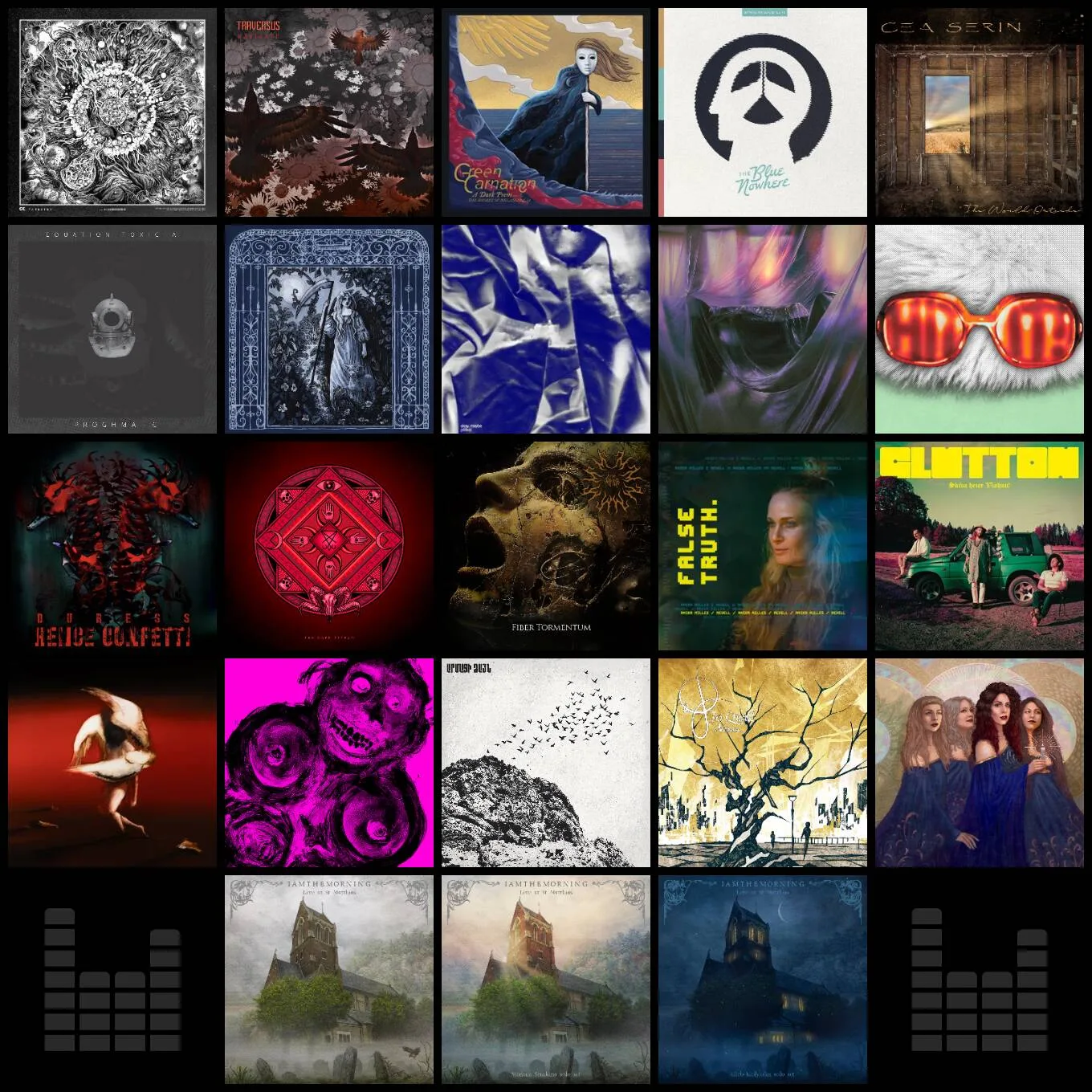
Interview with Ihsahn: “I always kind of stay with one foot in the safe zone and with one foot in chaos”
Just a day before the release of his massive, self-titled double album, we got to talk to Norwegian Prog & Black Metal royalty Ihsahn about the technical advancements of programmed and sampled orchestral arrangements over the last 20 years, the differences in giving the same compositions an orchestral and a metal mix simultaneously, and how he’s been able to preserve his excitement and enthusiasm by always raising the bar and fighting back imposter syndrome in the process. (Interview by Dario, editing by Alina)
***

Ihsahn (Credit: Andy Ford)
Hi Ihsahn. The last time we spoke was around the release of the “Pharos” EP in 2020, for Episode 074 of the Progcast, so naturally I’m interested in the timeline between the “Telemark” and “Pharos” EPs, and now the release of your new self-titled album. There’s been the release of this small “Fascination Street Sessions” EP last year (which is also nominated for Best EP in our The Progspace Awards 2023), and I think it’s safe to say that the self-titled record is a huge body of work. So I was just interested to learn more about the last couple of years, if the “Fascination Street Sessions” came after you had already completed the work for “Ihsahn” or you were still in the middle of that as well.
Yeah, so, as we talked about the “Pharos” release, you know, these two, the “Telemark” and “Pharos”, were kind of two extremes for my music. Whereas you could say the new one is straight down the middle in many ways, but hopefully in a new and, at least subjectively, elevated way.
But it was an immense body of work, just the technical side of things, to kind of solve the puzzle of making these two versions function individually and as one thing, and of course the pandemic that hit straight after, when I was supposed to be touring the EPs, brought a lot of uncertainty for all of us in the business, while for me it also opened up some opportunities. So I started off by finally getting to produce that album for Matt Heafy, the IBARAKI album (“Rashomon”, 2022), which also led me to do keyboards and orchestrations for a full Trivium record. And, on the sideline, I also did some remixes for Lustmord and The Halo Effect.
Then I, you know, also started writing for this album, and usually I like to keep focused on one project at a time, but unfortunately that’s not the privilege we have anymore with just the way the industry is working. And for this album in particular, since it was so dense with layers and, like, different stages of completion. Also, as a consequence of having to take a break from the process, do the “Fascination Street” songs and that whole thing, then come back to it and kind of catch up on touring post-pandemic, and then come back to it again. I think it was healthy in regard to keeping objectivity when something is this detailed, on just the technical level, with the amount of tracks and stuff that went into it.
Yeah. Now that you’re mentioning the technical level, I’ve been wondering… Production-wise, with the whole orchestrations, did you program them? Did you have an actual orchestra playing them? How did you manage to have this massive orchestral sound on both the metal version and the orchestral version? Where they’re more in focus, of course.
I always do this thing where I kind of stay with some of the core elements, you know, the “safe” zone; with one foot in the safe zone for myself, then I try to add elements that are in this, you know, with one foot in “chaos”. So it’s in that borderline that you kind of have some steady ground and then try to build on that. That’s where I feel the most creative and enthusiastic and I learn new stuff.
I always kind of stay with one foot in the safe zone and with one foot in chaos…
I always add an element of educational purpose for myself when I go in, whether that’s with “Àmr” (2018), where I want to focus on synthesis and analog synthesizers; it’s this… there’s always like this puzzle element to it, as well. This time I just wanted to sit, I thought – especially since I’d been doing the “Pharos” and “Telemark” EPs that were, you know, left and right – in a way down the center; like, okay, if I’m doing the safe zone of black metal, screaming vocals and distorted guitars, but also a traditional symphony orchestra setup, and just try to build, to, you know, elevate that subjectively, in my own kind of musical life, to a level that I hadn’t been doing before. So the idea was to try and – with my love of soundtracks and all that – create sort of an imaginary soundtrack, and to do the symphonic orchestrations in a way that would support the full metal production. But also, when you take the metal production away, what you would be left with should also function as its own thing.
It’s not like I took the same material and did two separate arrangements. A lot of people think that I did, you know, some orchestrations for the metal thing and then some other orchestrations for the orchestral thing, but it’s really… the orchestrations are identical. The stems are exactly the same. So that was the big challenge, to try and make it work dynamically and as its own thing, to serve two purposes at the same time. And, in that respect, to try to emphasize different layers of emotional impact with essentially the same piece of music. So, without going too much into the technical side of things, since I knew that it had to be applied and everything had to fit, I sketched it out with just piano sounds, like writing all the bass parts with a piano sound, another track for chordal progressions, one for melodies, counter melodies, embellishments, so you kind of make this almost, like, charcoal sketch of the entire album. And, you know, when I have repeating motifs, like you would have in a movie soundtrack, piece it all together. And then, when I was happy with the core composition and the voice layering and everything, I applied it to the bass guitar and distorted guitars and all that, and just applied the same music to the orchestra.
That was the big challenge: to try and make it work dynamically and as its own thing, to serve two purposes at the same time. And, in that respect, to try to emphasize different layers of emotional impact with essentially the same piece of music.
Predominantly, I was using Spitfire Audio, BBC Symphony Orchestra, since that’s kind of set up for this. And I made it hard for myself, in the sense that I didn’t do any, like, patches or mock-up things. Part of the learning process was for me to write it as if I was writing it for real musicians. So I literally wrote everything as I would have written it in that context. You know, like full orchestral score with individual programming of each individual element, which was extremely tiresome, but also extremely valuable in learning about orchestral textures and everything, so there are predominantly samples. And then I had, of course, some of my drummers doing live percussion, you know, together with the programmed percussion, and also Chris Baum (Bent Knee), an amazing violin player from the US, did multiple layers of all violin one and violin two parts. So there’s always… there’s a hybrid, and Joël Dollié, who mixed the orchestral version, did an amazing job at blending these elements together. And really, yeah, I’m super happy with how it all came out.
Yeah. I just wanted to ask, as I was imagining going into these two different mixes, highlighting different parts of the orchestra, different instruments, whether it be an orchestral element or a band instrument… Do you think that it took longer or it was more difficult for the metal mix or for the orchestral mix?
It probably was harder for Jens Bogren, who did the metal mix, to make room for everything, you know, to make the orchestral bits shine. I think this comes from a mix perspective, but probably just as much – or even more so – from an arrangement perspective, because I’ve made that mistake hundreds of times before, where you try to layer a dense extreme metal production with a big orchestral sound. So, literally, you try to fit two big things into a small box. Because the stereo spectrum can only… you can only have so much, and when it’s full, it’s full. And that was also part of the idea with this kind of dynamic mirroring, if you will, between the two versions; I felt that, if I want the metal production to be in your face and hit hard, you know, in those parts, the orchestral elements have to lean back and give room for the metal elements to punch through, and where the metal arrangement is less dense the orchestra can take up more space.
And of course there are upsides, too; if I managed to do that, then that was that; you don’t sacrifice the impact that you want from the metal production. But also, you get this kind of mirroring effect, like I’ve used the example of ‘Pilgrimage to Oblivion’, the first single, which is the hardest track on the album. It starts off with a scale run, and it’s like straight to blast beats and screaming. And when you listen to the orchestral version, it’s like whispery, quiet, tremolo cellos. It’s the same riff, it’s even in the same range. In the metal production, it’s only supporting the guitar riff, like, creating this eerie layer to it. But when you listen to it alone, it’s tension, but not like screaming in your face. It’s more like tension buildup. And so you get a different kind of dynamic trajectory of the orchestral version than you would with the metal one, and vice versa, because they’re kind of serving different purposes. And that was the whole idea; to see that essentially this, on paper, has the same music at the heart of it. But then there’s… there are more dimensions to it, hopefully.
I would absolutely agree, yeah! I was just checking; I mean, it’s been more than 20 years since “Prometheus – The Discipline of Fire and Demise”, the last Emperor studio album, and that also had a lot of orchestral elements, right? So, in these more than 20 years, I think all the technical aspects have changed a lot, as well as the possibilities, right?
I was just talking to some of the people here in Berlin yesterday about the technical side of things. I mean, what became, like, the Emperor sound, you know, from the first albums, was my Roland JV-1080. I actually had the opportunity to meet one of the heads of the Roland company in Japan. I was on a full factory tour, with the museum and everything. And it turned out this was 20 years after “In the Nightside Eclipse”. I mentioned that this big Roland module was such a big part of my formative years in this, in making music. And he said, well, I was on the team that developed that module, you know? So that was like a full circle, two-decade kind of thing. And later, of course, then you had the samplers.
There’s a lot of romanticism about performing a piece like this, with a full orchestra, and I would love nothing more. But I’ve always said that it would have to be not just an orchestra, but the right orchestra that could actually pull it off.
I remember spending 5,000 Euros on the sampler that had 256 megabytes. Not giga; megabytes of RAM, you know, which was a big deal. And then, of course, you had this whole digital revolution where you would have that as a freebie on your iPad. And these days, you know, you can do higher quality stuff on your phone. But now, with these sample libraries like Spitfire Audio, you can have a symphony orchestra at your fingertips. It’s still a lot of work; it doesn’t write itself, for sure. There’s a lot of “option paralysis” that could go into it. Proven by a lot of people, and you hear that in soundtracks all over, you know, whether it’s for TV series on Netflix, it’s very often a hybrid of things. And especially on the short articulations, I know a lot of media composers will actually prefer using the samples. When things happen fast, you need to get a full orchestra. It’s a practical element. So there’s a lot of romanticism, of course, about performing a piece like this, with a full orchestra, and I would love nothing more. But I’ve always said that it’s… it would have to be not just an orchestra, but the right orchestra that could actually pull it off. I think, if you’re doing something like this, it needs to be in a situation where it’s actually better. You know, it’s like an ideal scenario, with a perfectly set up tube amp, but a great amp plugin will sound better than a bad amp, you know what I mean? So I’m very practical in that way; whatever serves the purpose best, given the time and the resources available.
Yeah. Did you see that there was this symphony orchestra doing a Bright & Black album the other week? The Baltic Sea Philharmonic with Kristian Järvi. They put out a symphonic album with Eicca Toppinen from Apocalyptica as solo cellist. And there have been a lot of extreme metal composers writing the music for that album, so yeah, it seems like now is the time for this marriage of worlds to happen for real. I always think, with symphonic metal, there’s so much symphonic power metal; you even have symphonic death metal and, of course, symphonic black metal, but especially in the symphonic power metal world. I always have the feeling that, with so many bands around, a lot of it is just lackluster and bland orchestration for the sake of having some symphonic strings slapped onto it…
Well, I think it just serves a different purpose. I mean, for the energy that those bands are going for. And I know that’s, of course, a general prescription, or description. But it’s the power metal thing; it has a bit of a humorous side sometimes, you know, so it’s… it’s for the grand effect, it’s for the fireworks kind of effect, and you could argue, if you listen to the New Year’s Concert from Vienna, with the “do do do do do”, it’s lightweight stuff. It’s the same orchestra, you know, but the same orchestra could do Wagner or Beethoven‘s ‘Fifth’; there’s a difference, and the orchestra has immense potential as textural color. So I think people, you know, maybe limit their imagination with something.
It’s very strange that metal and orchestral music should blend, because I think it’s oftentimes a very intellectualized and kind of posh perception of orchestral music, where people wear suits and everything. At the heart of it, you know, given the kind of grandeur that a symphony orchestra can convey. And often, if you listen to, you know, the old classics like Beethoven and all of this, there’s a lot of seriousness. Big themes. And if you listen to soundtracks, you know, for horror movies with brass sections and everything, it’s kind of trying to achieve a general… there’s a similarity between the energy the orchestra wants to achieve and that which a metal band would like to achieve, you know? So I think the ambition is very much the same. And to me – I love brass instruments, for example – to me it’s like distorted guitars, you know, and the woodwinds are like the section where you would use the bridge pickup.
That’s a cool analogy, yeah. Speaking of soundtracks, this morning I actually listened back to the conversation we had for “Pharos” on the Progcast, almost five years ago. And yeah, you already said that you loved listening to soundtracks and all that. And now you were able to implement that love for soundtrack music and orchestral music more into your work, with the self-titled album. Did you ever think about trying your hand on an actual soundtrack?
Sure, I would love to. For years that’s been something that I’ve really wanted to do, you know? But, then again, as you say, there are a lot of people with my type of background who also do a lot of orchestrations for this metal side of things. And the world is really dense now with young composers who can conjure up amazing things on their laptops, so, I would of course love to do it, but I guess I just have to be realistic about the fact that there are a lot of people who can do what I do on that side of things. I’m not unique in any respect, in that regard. So the way I use this may be unique for the combination of what I do, but for a soundtrack, you know, I would assume it’s very standardized. But, by all means, if someone hears this and would like to take a chance, I’m all in.
Earlier you mentioned that full circle moment, after decades. And, looking at your solo discography, I saw that Candlelight Records put out a full box set of the first 15 years of your solo work. And now with “Ihsahn”, the album, or the double album, or the two albums, being somewhat like a culmination of your work to date, and maybe also a new beginning for the next 15 years…
I hope so. I feel like I’m just scratching the surface. Honestly, I was… I surprised myself in all of this; like, it was really hard work, and the complexity of putting this together was intense for me. And sometimes I felt very overwhelmed by it. But, at this point in my career, and closing in on 15 and a couple of years, you know, to be this excited and this… enthusiastic about making another record, and to learn so much in the process at this stage of my career, feels like adding immense layers of experience just through one album. It just made me even more ambitious and excited for the next one, you know? So it was really an eye-opener for me. And I guess, in the process, I’ve maybe broken down a few more barriers of the imposter syndrome within myself. Not that it’s ever going away, but you know, I feel like, okay, you can kind of raise the bar. You get through it and there’s like… gratification at the other end, you know? And then it opens up a whole lot of new possibilities for you, which has been my driving force since I was probably… 10.
Speaking of that enthusiasm… On a personal note, now that I’ve been doing, like, 200 mini reviews in 2022, and last year I did 300, and of course, some… a lot of these albums, I honestly don’t remember that much from a year later. And, also, it becomes more and more rare for me to feel that kind of excitement, yet you certainly did it with this album. So thank you.
Well, thank you for saying that, but that’s the whole point. I mean, we enter into this world of music and, you know, we are so privileged to have this as our work as well. So I feel almost obliged, or very responsible to not make my situation boring, in the sense that I’m uncritical and kind of, you know, “meh” about my own work. I mean, I’ve been very privileged to do this for such a long time, so why wouldn’t I try to set myself up to have that same enthusiasm as when I was 16? Otherwise, there are easier ways to make money, if that’s, you know, the purpose.
I’ve been very privileged to do this for such a long time, so why wouldn’t I try to set myself up to have that same enthusiasm as when I was 16? There are easier ways to make money, if that’s the purpose.
Absolutely. So, we’ve already touched on the subject of what’s to come, like now with 15 years of solo work completed and the start of the next 15 years with “Ihsahn”…
It’s nearly 20. I started work on “The Adversary” in 2005, it was out in 2006. So it’s almost 20 years, you know, almost twice as long as I was ever in Emperor.
Yeah, you are still regularly doing a couple of festival shows with Emperor, as you will do again with your solo music this year, as well. There are already a couple of festivals announced, some festivals you’re going to play at with both. I heard that, at Graspop, you will play with both, I think, on the same day even. So what is easier for you, playing an Emperor set or an Ihsahn set?
Emperor is, of course, easier, because it’s… I mean, I didn’t make my life easier with, you know, doing eight-string guitar stuff and things like that. But yeah, it’s not that big of a difference, honestly. The feeling of being out there is very much the same whether I play with my solo band or Emperor, because you kind of just enter into this bubble. It’s not about, you know; oh, it’s this, so it’s that long. You go with the flow and you just… you’re a vessel for the music.
Yes. In a sense. So, who’s going to be channeling, as a vessel, the music with you for these dates? You will probably have a solo band live setup with your usual suspects, right? So there’s going to be one or the other Tobias (Tobias Ørnes Andersen and Tobias Øymo Solbakk) on drums, probably, and who else is going to play with you live and what kind of setlist can we expect?
I will have a focus, obviously, with the new material, which will be very dominant in the new set. And also, you know, since these are festival sets, I didn’t feel like I got to explore the “Telemark” material enough, and that was kind of intended to be part of a live setting. The pandemic got in the way. So I think I want to try and combine, you know, some of the ideas I had for the energy of those shows, like the new material, but also what I planned back then, because I still feel that it’s kind of unfulfilled, just personally. So yeah, Øystein Landsverk, he used to be in Leprous, you know, old time friend, even previous student of mine when he was young, and he’s been with me for many years now. And Øystein Aadland, previously on keyboards, but now he’s taken on more and more bass duties. And, also, I’m very fortunate to be working with Ole Vistnes from Shining for bass duties on some of the shows as well.
That’s kind of the upside and downside of wanting to have brilliant musicians in your band, you know, as brilliant musicians are in high demand. And I think this is a compromise that gives opportunity and flexibility to everybody involved, as I’m juggling playing with Emperor and playing my own stuff. I’m just one person, you know, and there really aren’t enough shows and everything to keep people on retainers and all that, which is typical when you have busier schedules.
Yeah, but I remember that, the last time we spoke, you were also saying that your personal preference is to do these festival shows and that it’s very, very rare that you go on a full-blown tour. Maybe a couple of dates in Japan or Australia, but not like a full-blown European tour. Is that something you might consider in the future again? Or will you just do festivals for now?
I might, I might, but it’s just a matter of where I have to put my focus, you know? I think that there are definitely upsides to being a solo artist in regard to how much you can control things, like to do it at your own time and not depend on so many people. But of course, when it comes to the machinery of touring, there’s a need for people’s involvement over longer periods of time. And I feel like I’ve kind of found a balance to live performances, especially now that the Emperor thing is going as it is. A balance between studio work, you know, and also the opportunity that opened up during the pandemic to maybe work with other people. Not always working on my own stuff, but actually maybe using some of my methods and some of my experience to apply to someone else’s vision. Who knows, maybe I get to do a soundtrack, you know? I like the flexibility, and I’m also very much of a home-bound, family-oriented guy. You know, taking care of the dogs, right?
One last question. Last time, we had this little “What’s in your Walkman?” section. Do you have any recommendations, what you’re listening to right now? No matter if it’s metal or soundtrack or maybe some popular music…
Well, I’ve been asked to do a lot of these playlists for different streaming services, you know, as part of the campaign kind of thing. So I’ve put together some playlists of my, like, all-time favorites from anything that is non-metal oriented. So there’s early Scott Walker, Diamanda Galas, all of Jerry Goldsmith, John Williams, Gustav Holst, Bernard Herrmann, Brian Reitzel, the soundtrack to Hannibal, all of these kinds of things. A lot of music that demands patience for the listener. You know, Arvo Pärt. You have to be in the right mood for it. You have to be there. It’s like, sometimes, when I listen to Arvo Pärt, I’m thinking… why do I bother listening to anything else? But then it’s just, it demands too much of you, you know? It’s at such a different level. But it’s really worthwhile, and I’ve been almost stubborn with this playlist, sort of demanding that people be patient for the payoff; you need to put in the time before the crescendo kicks in. Otherwise, it’s just a burst of noise. And, of course, given people’s attention span in 2024, doing the double conceptual album with all these kinds of things… I’ve done everything wrong.
In my book, you’ve done everything right! Thank you so much for taking the time.
Thanks for the support.
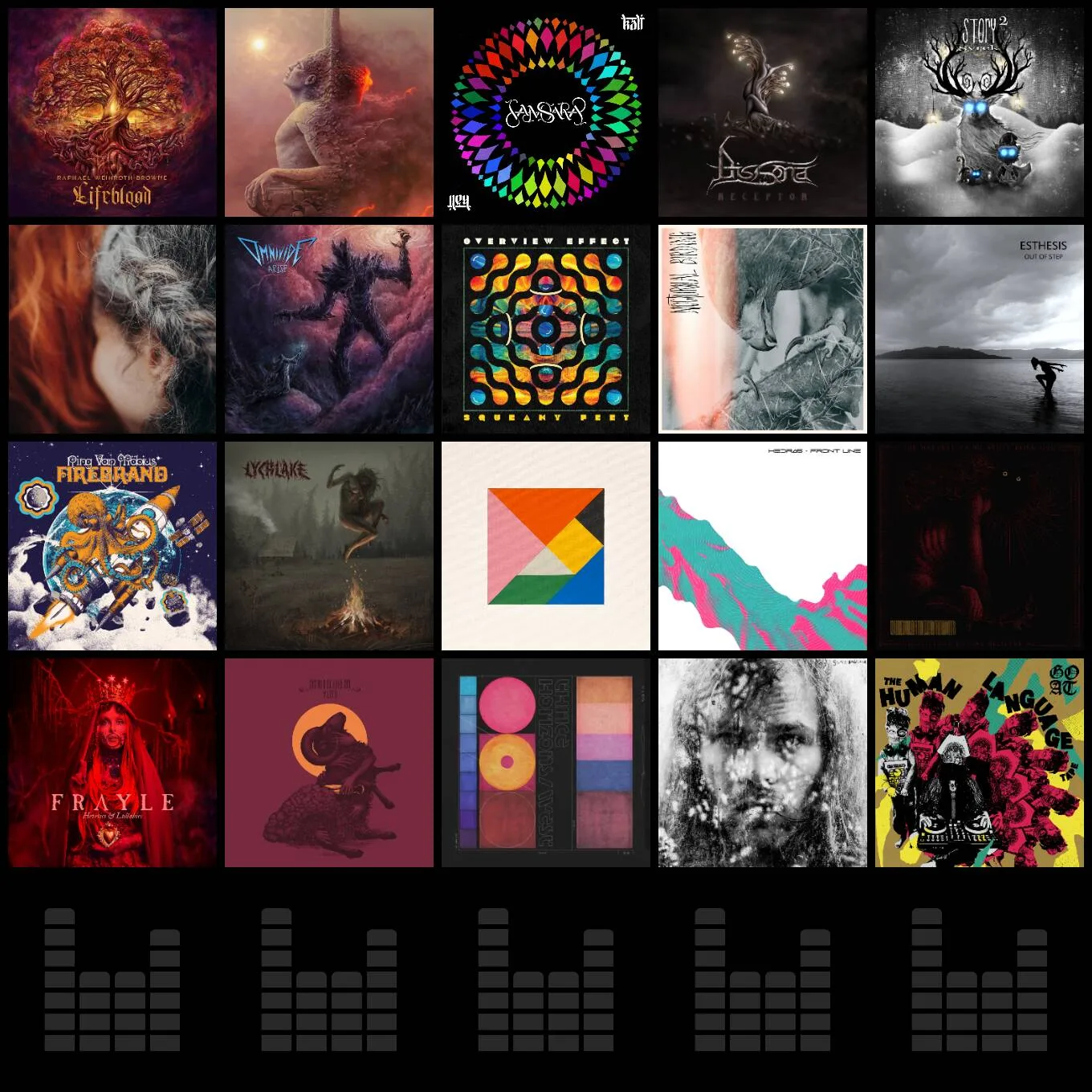
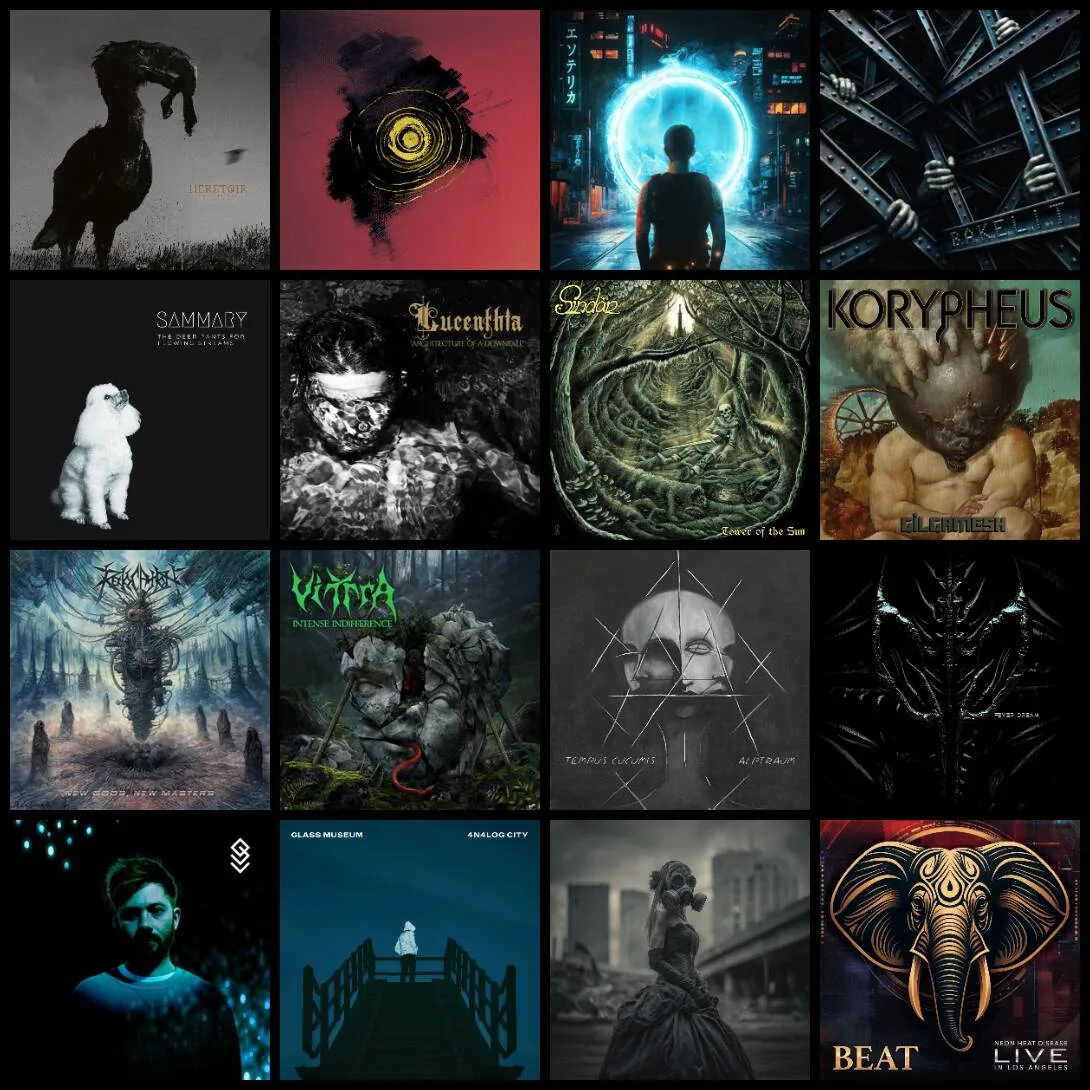
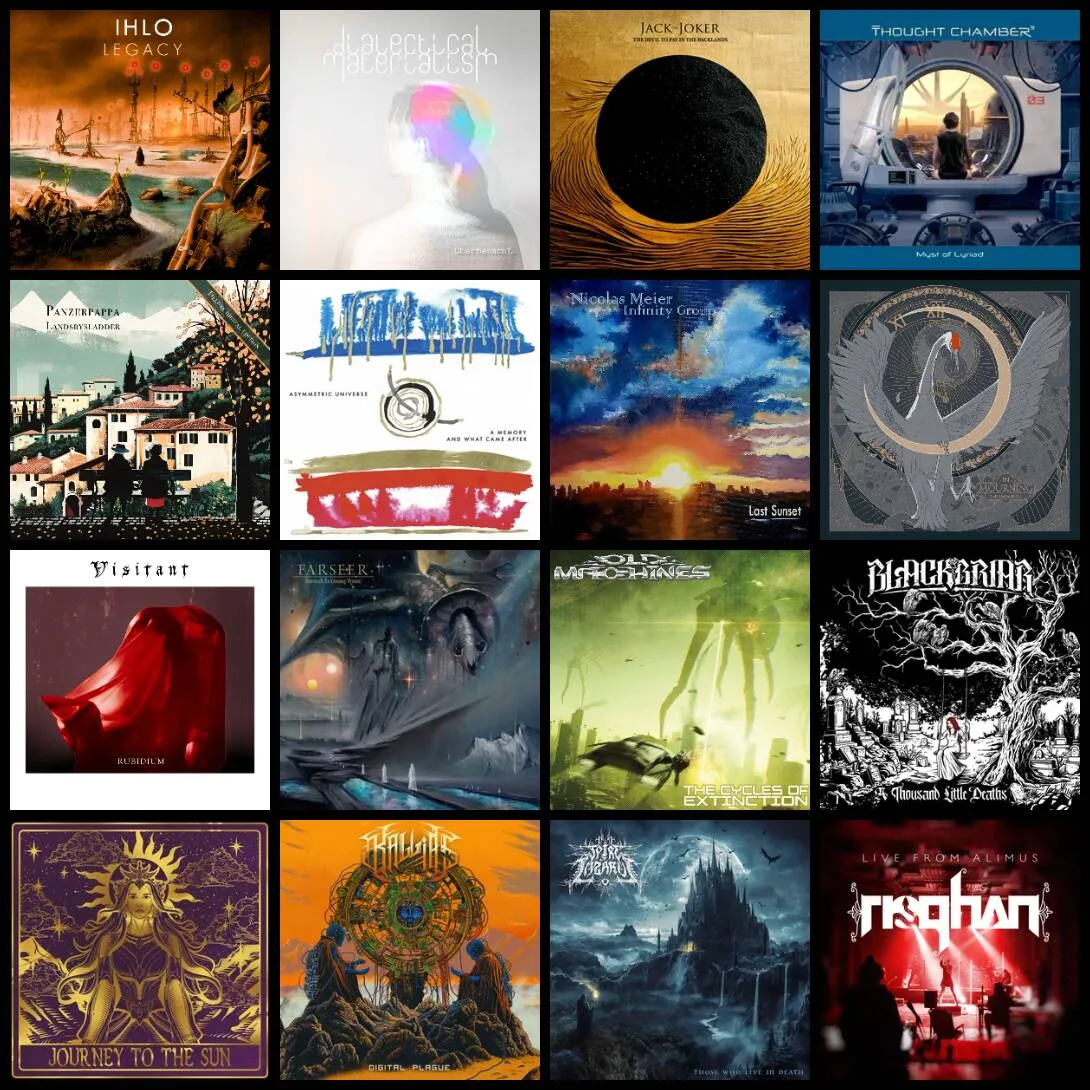
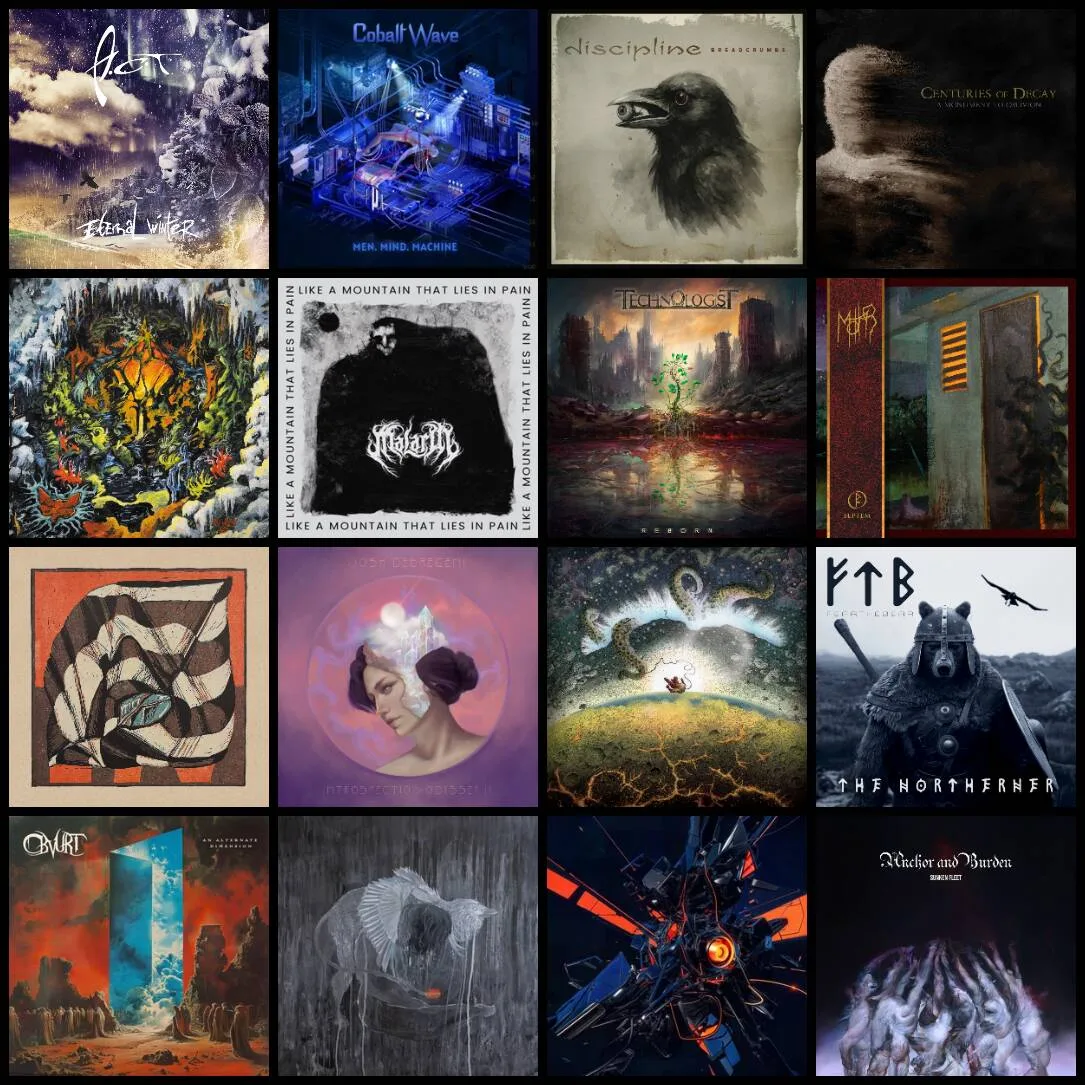
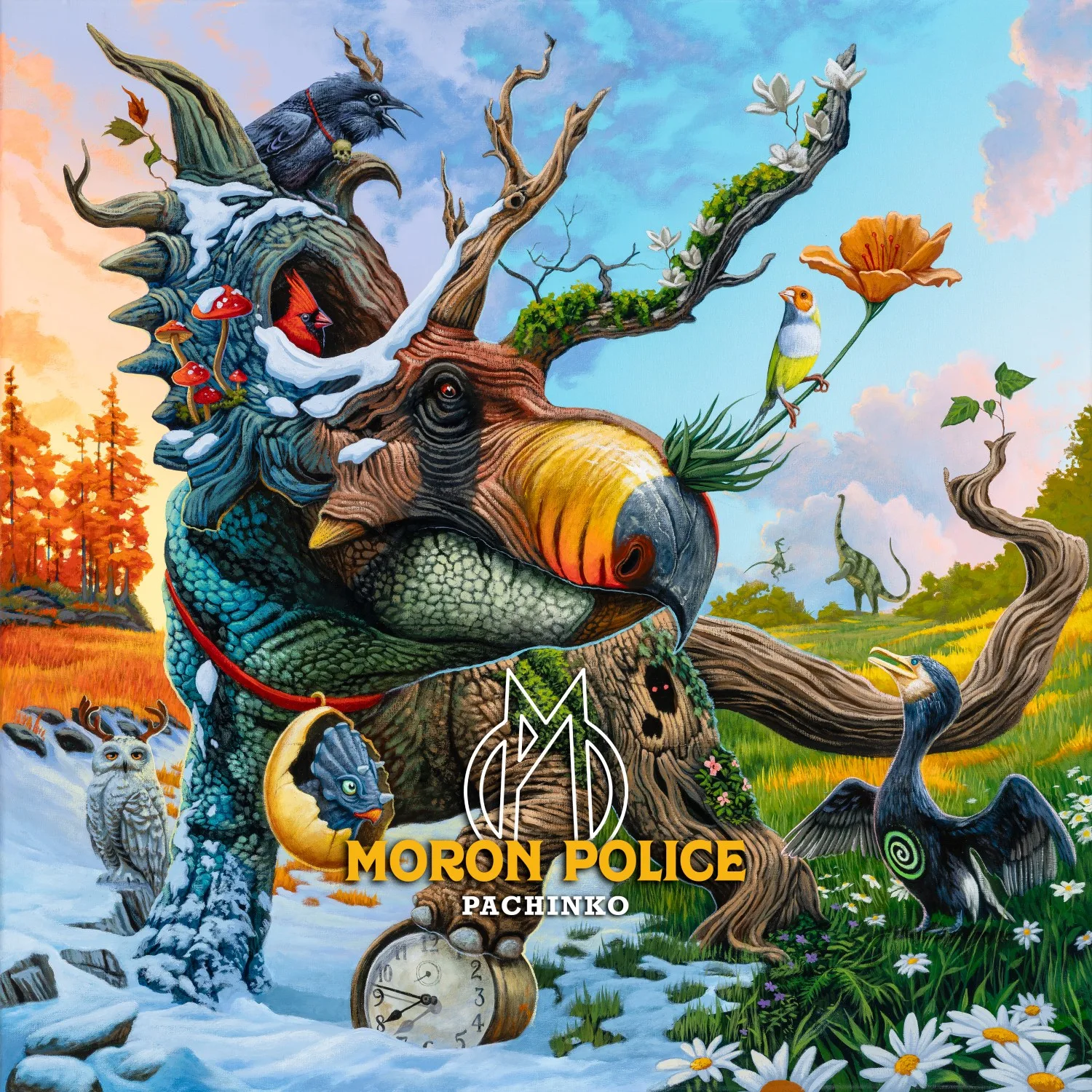
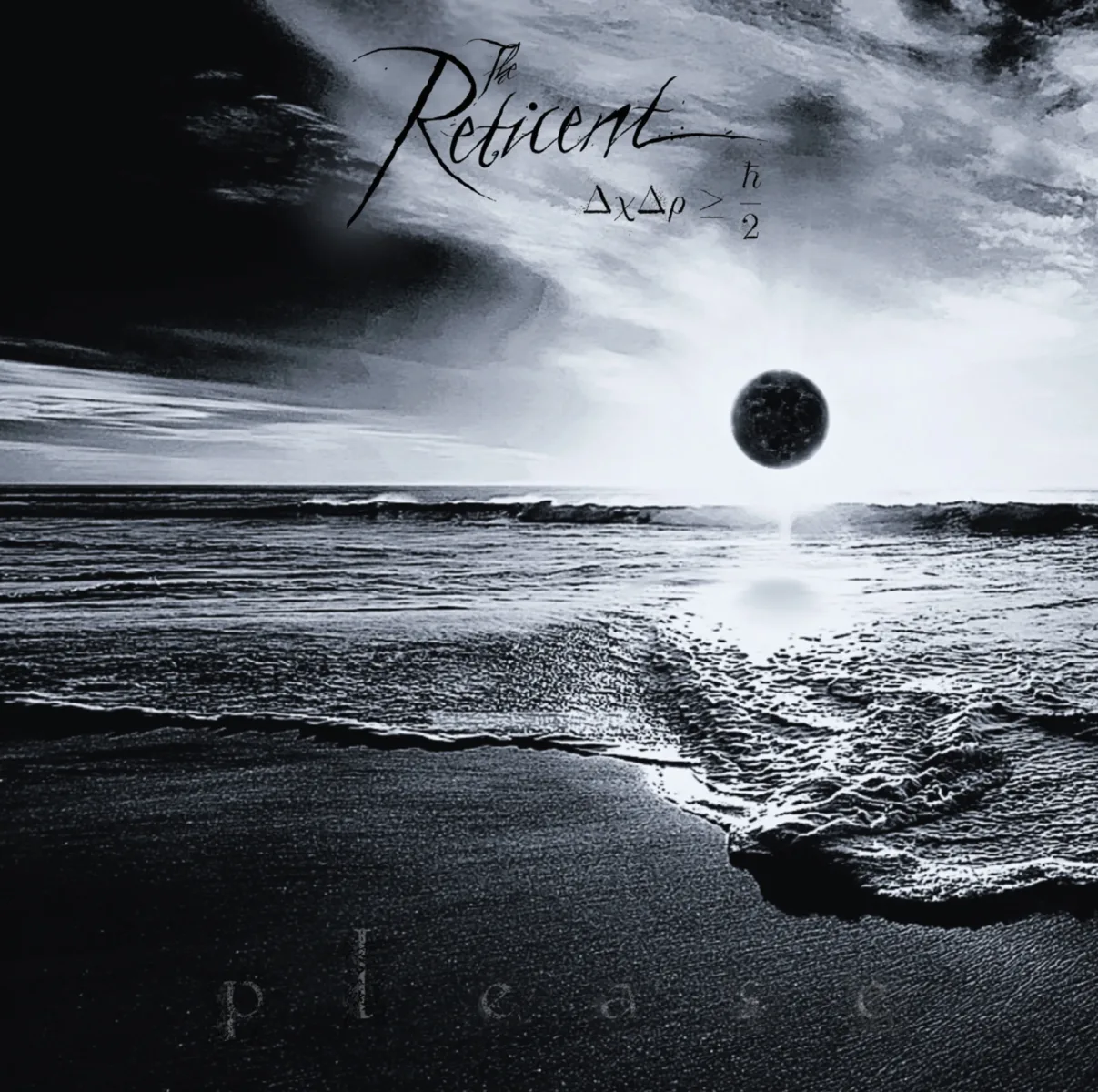
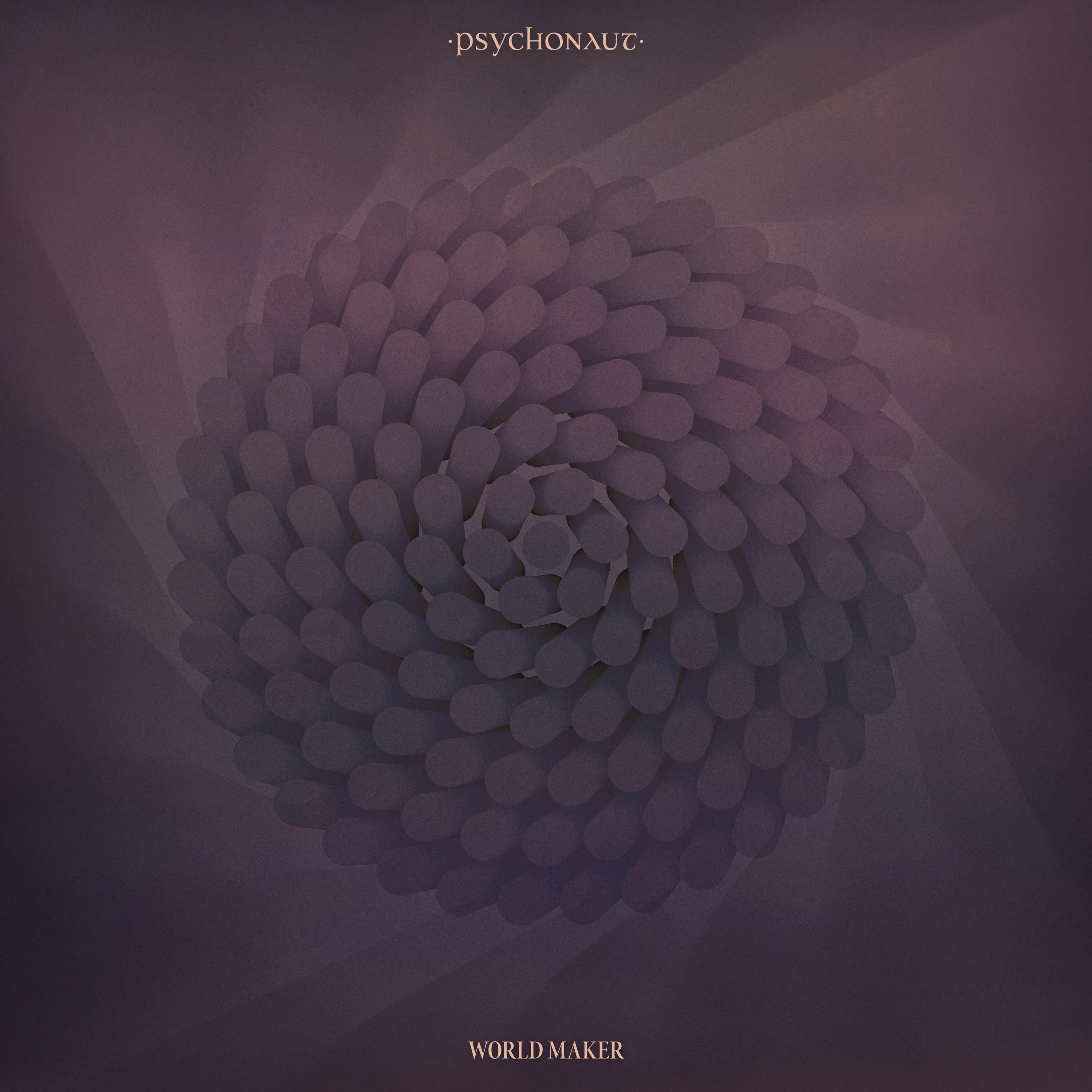
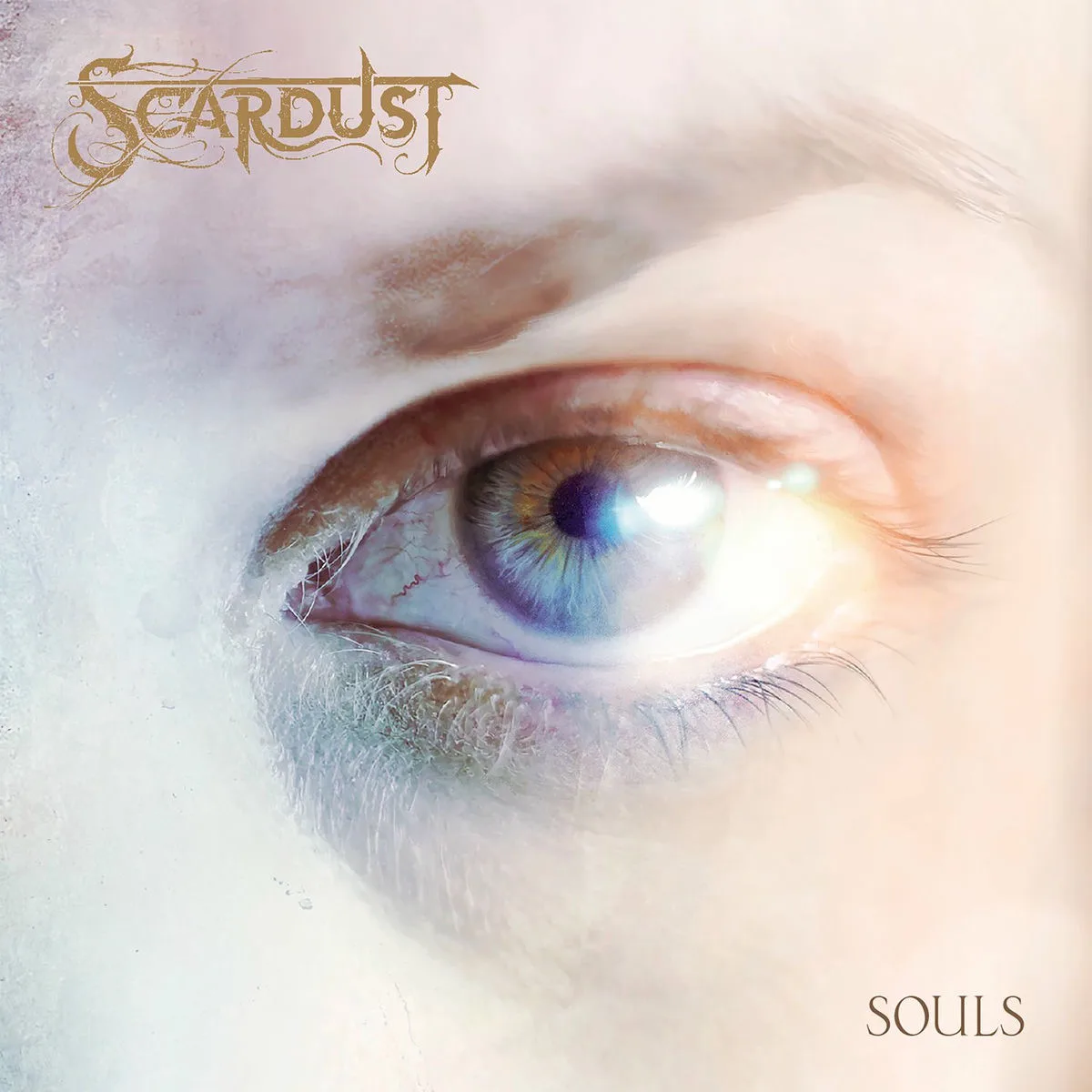
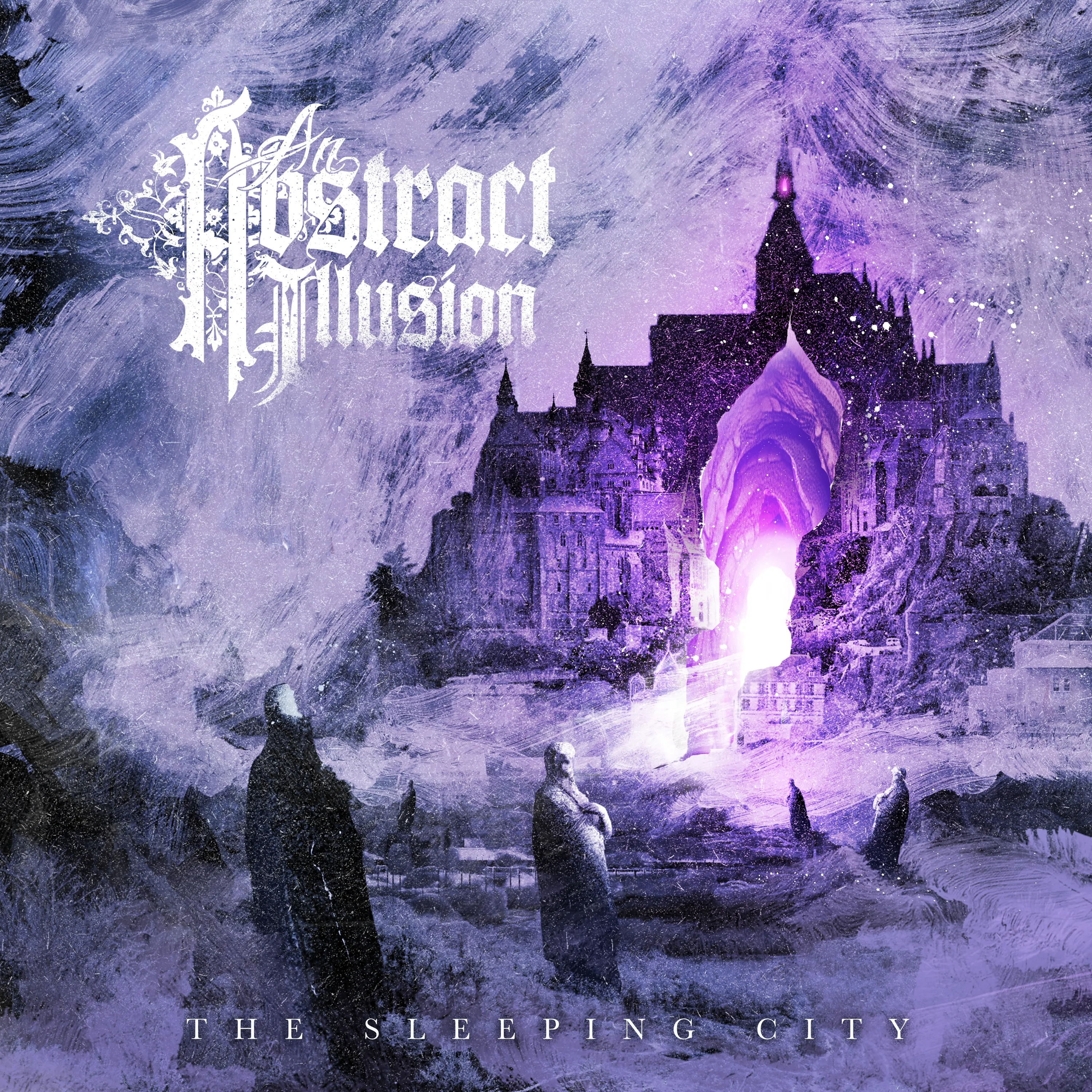
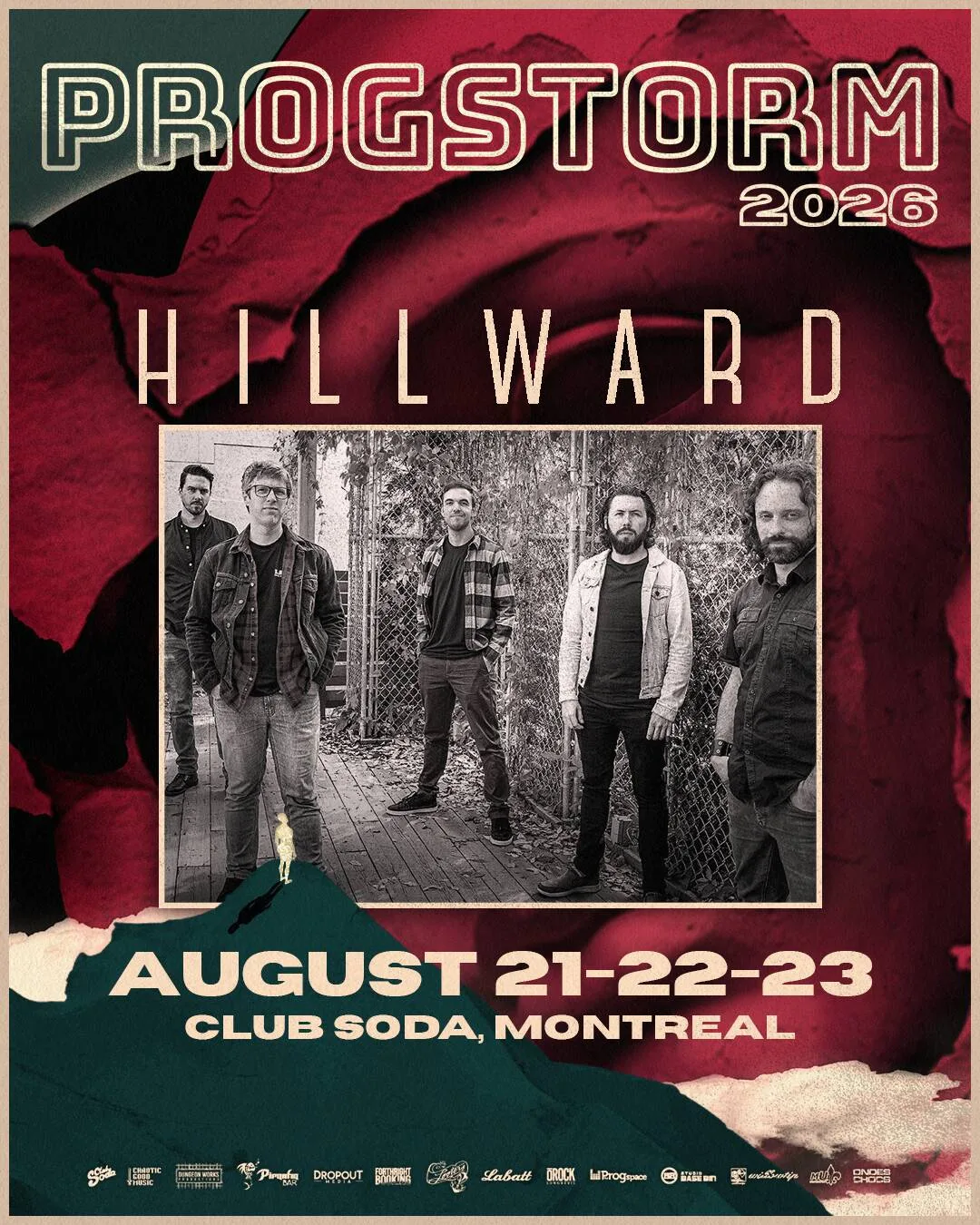
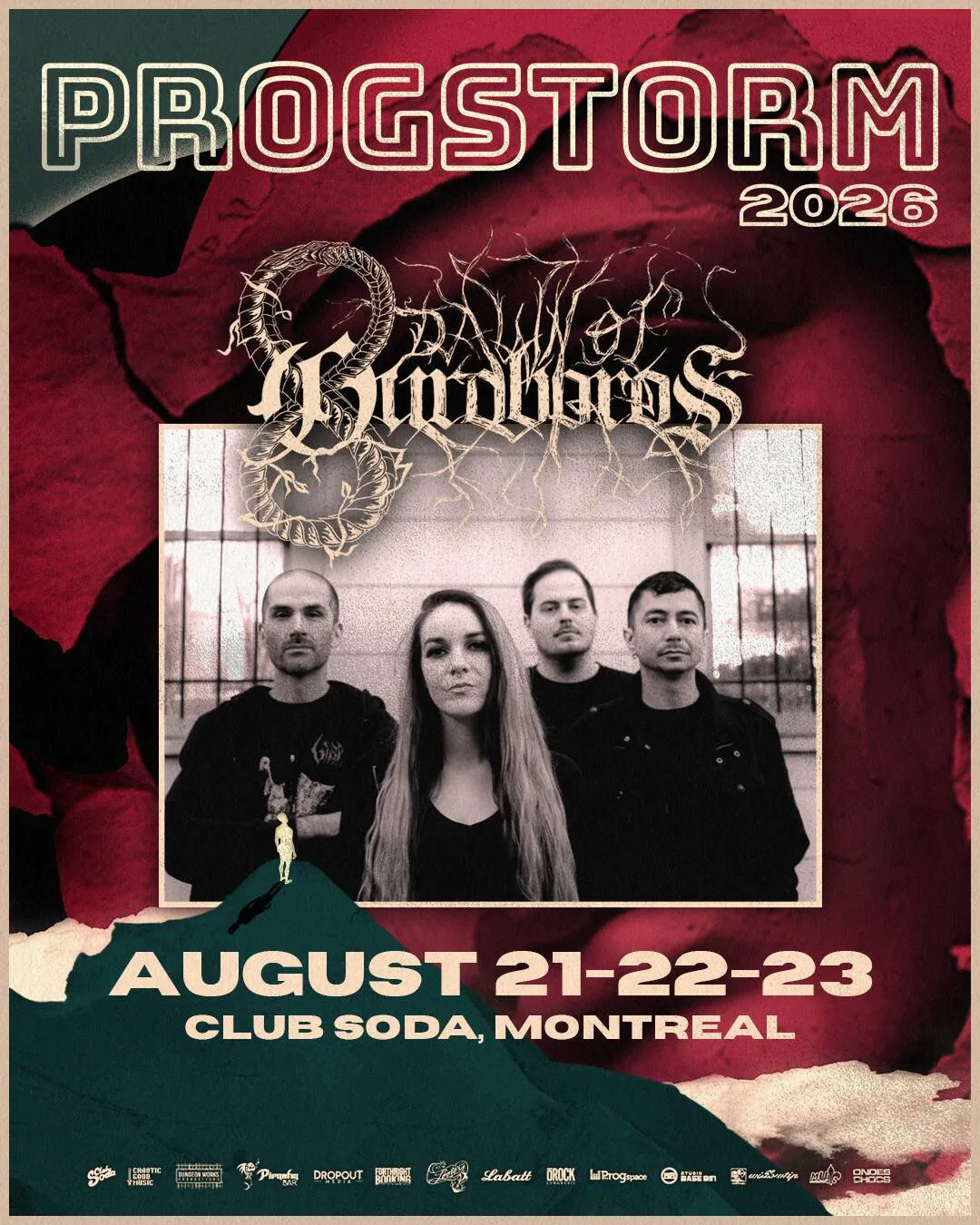
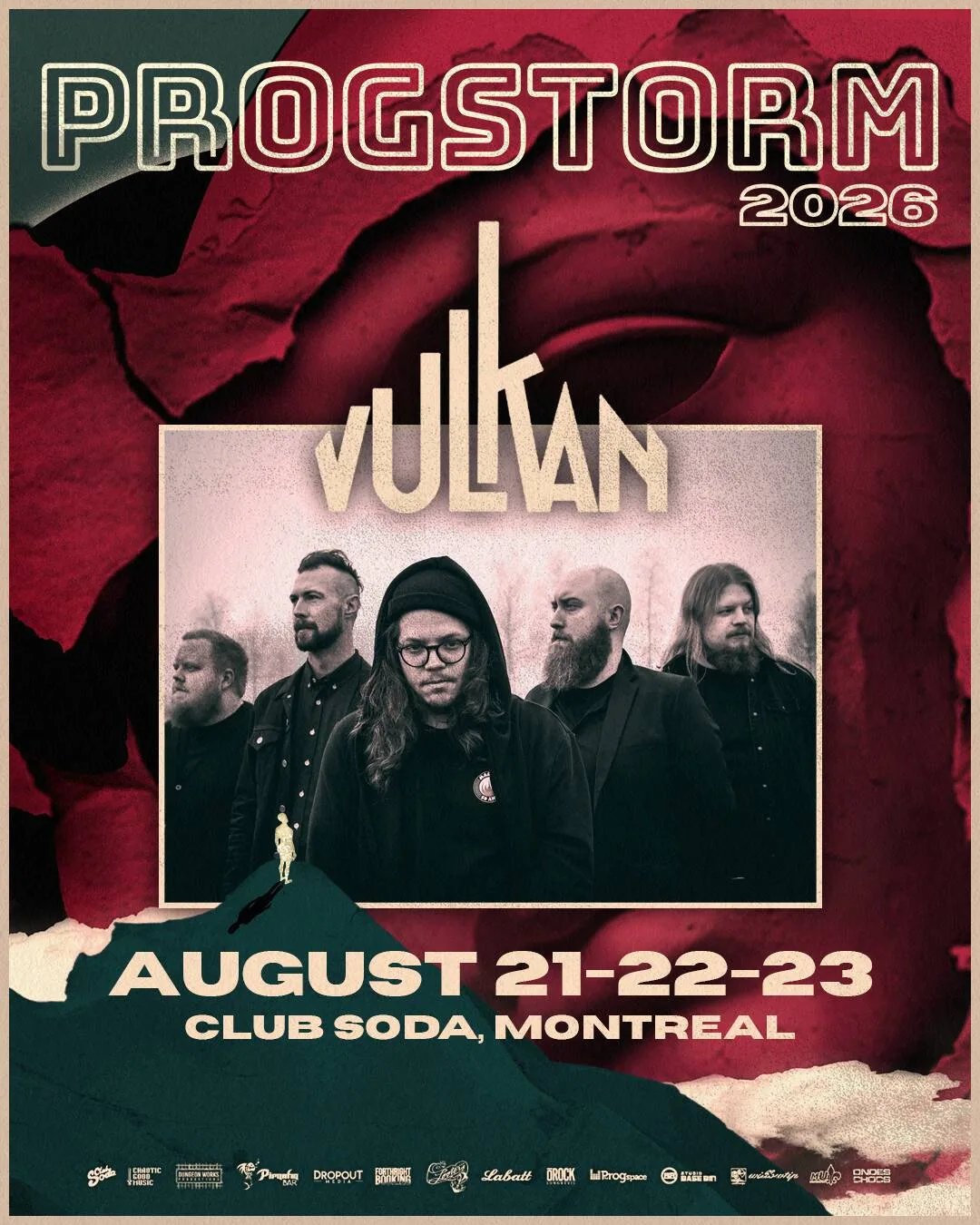
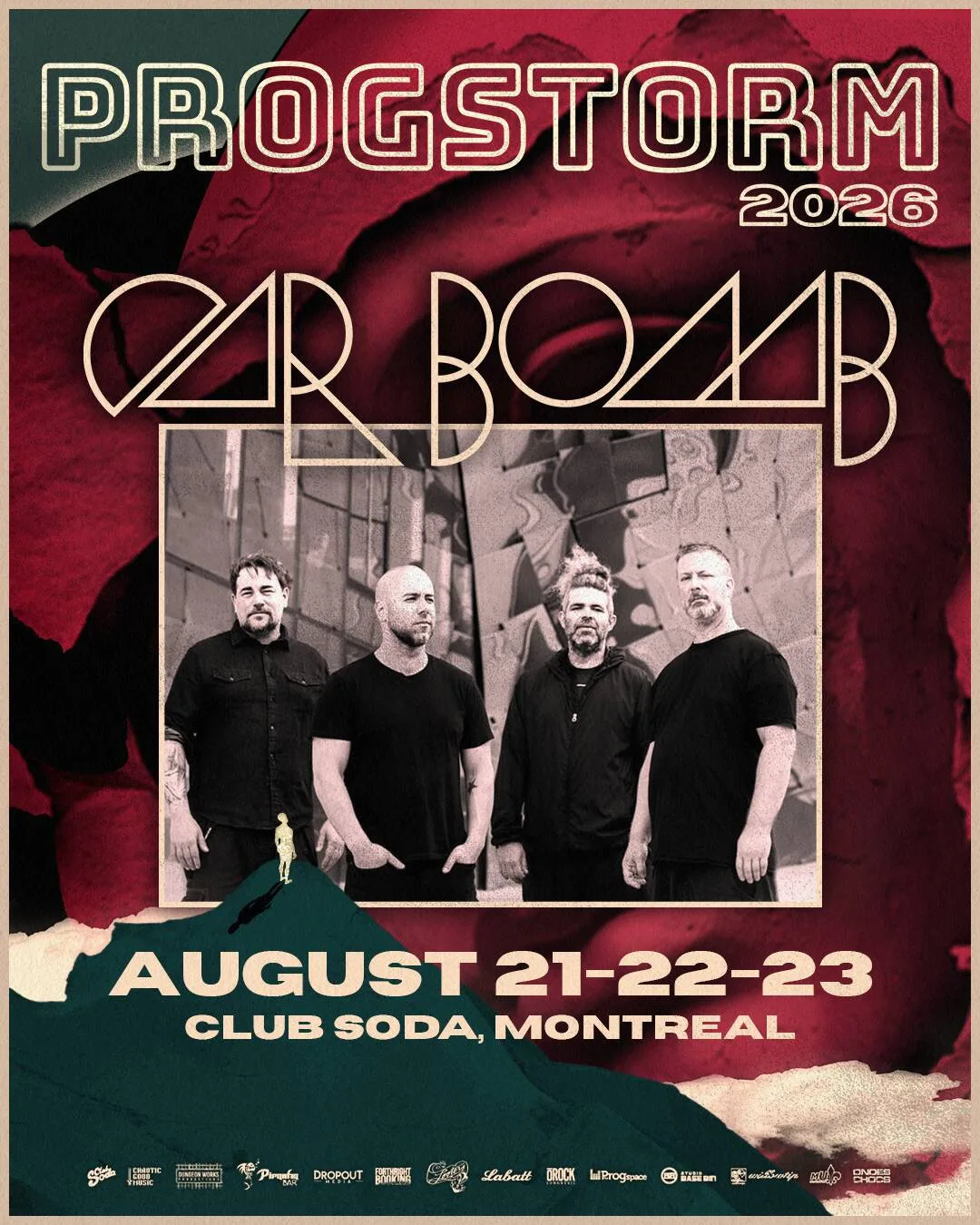
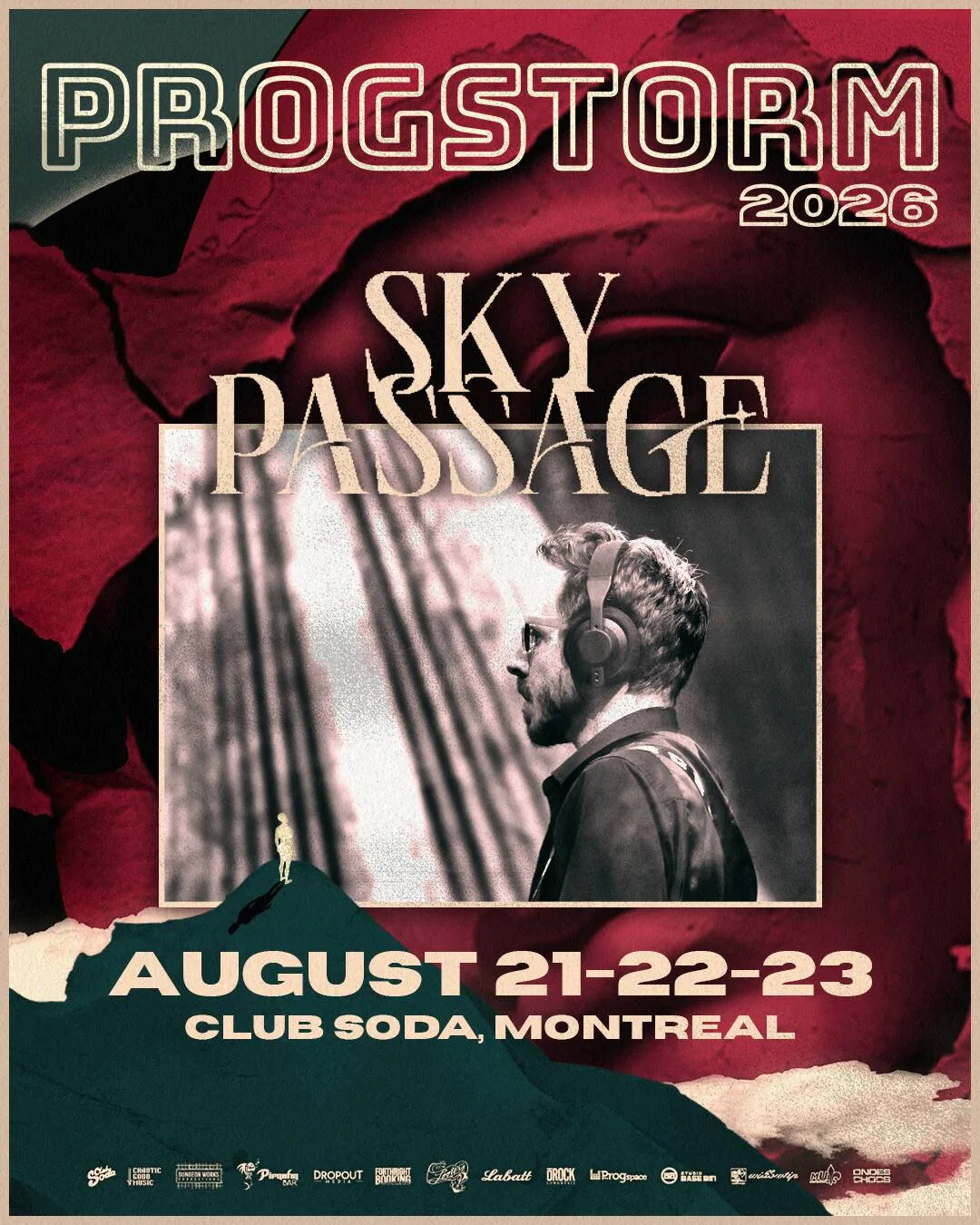
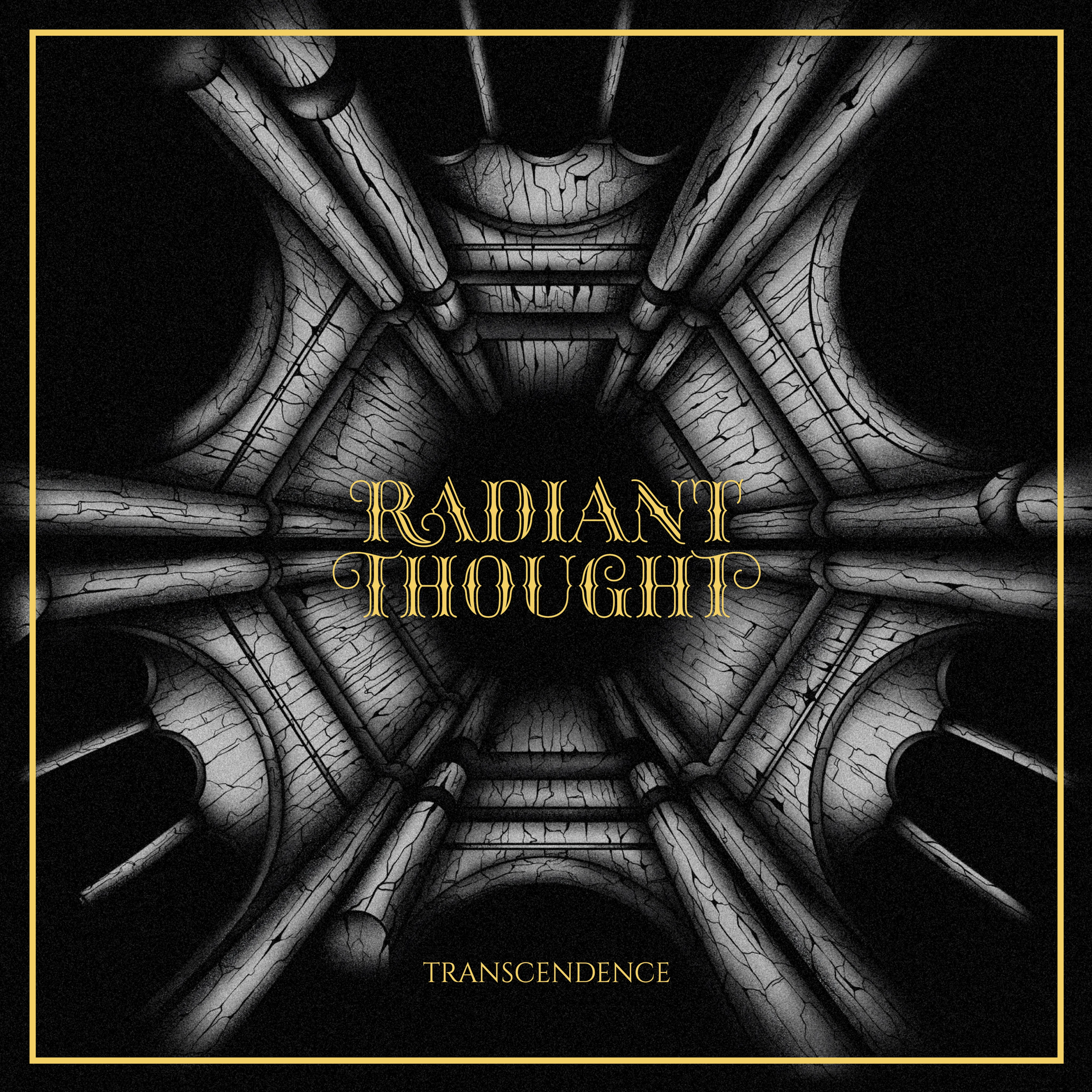

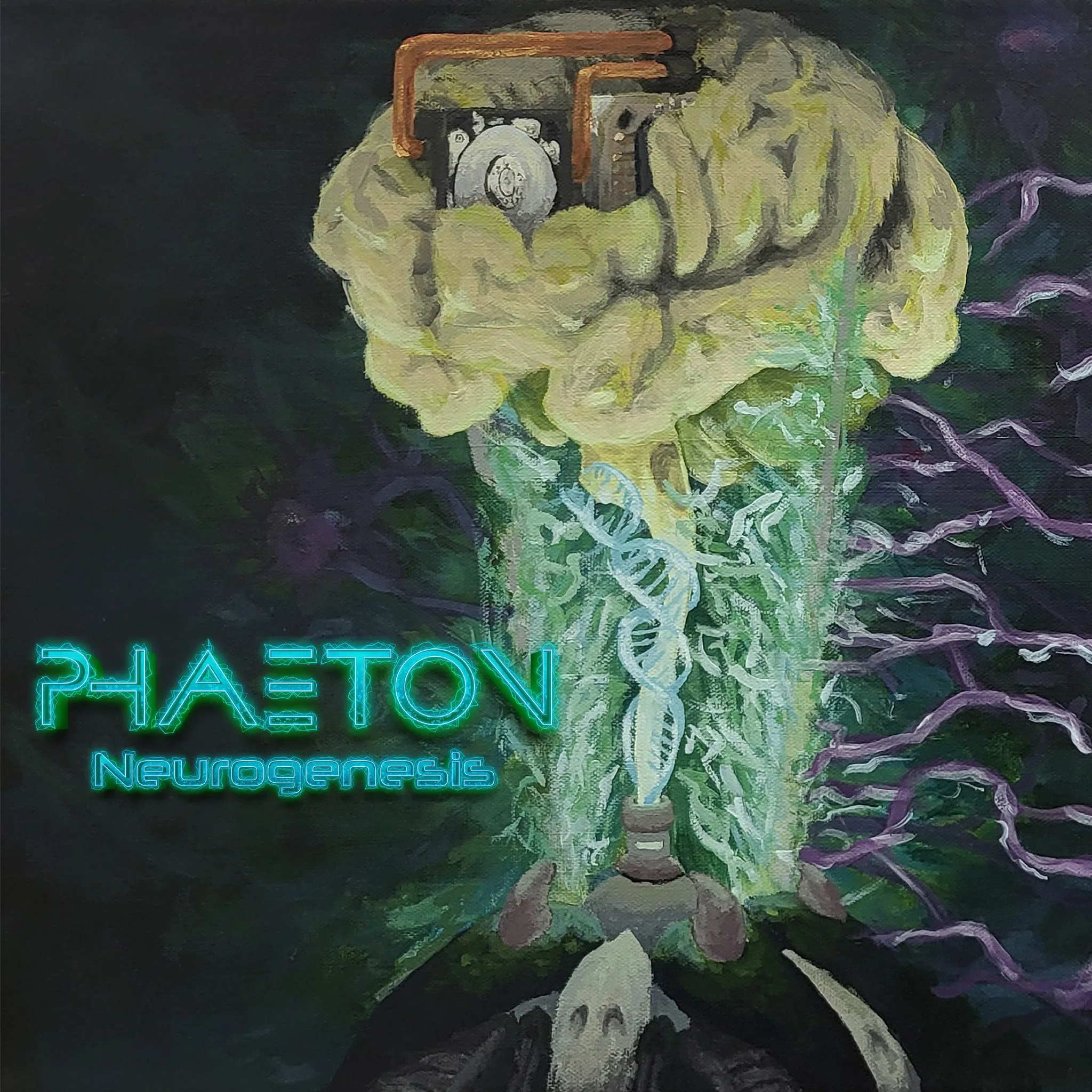

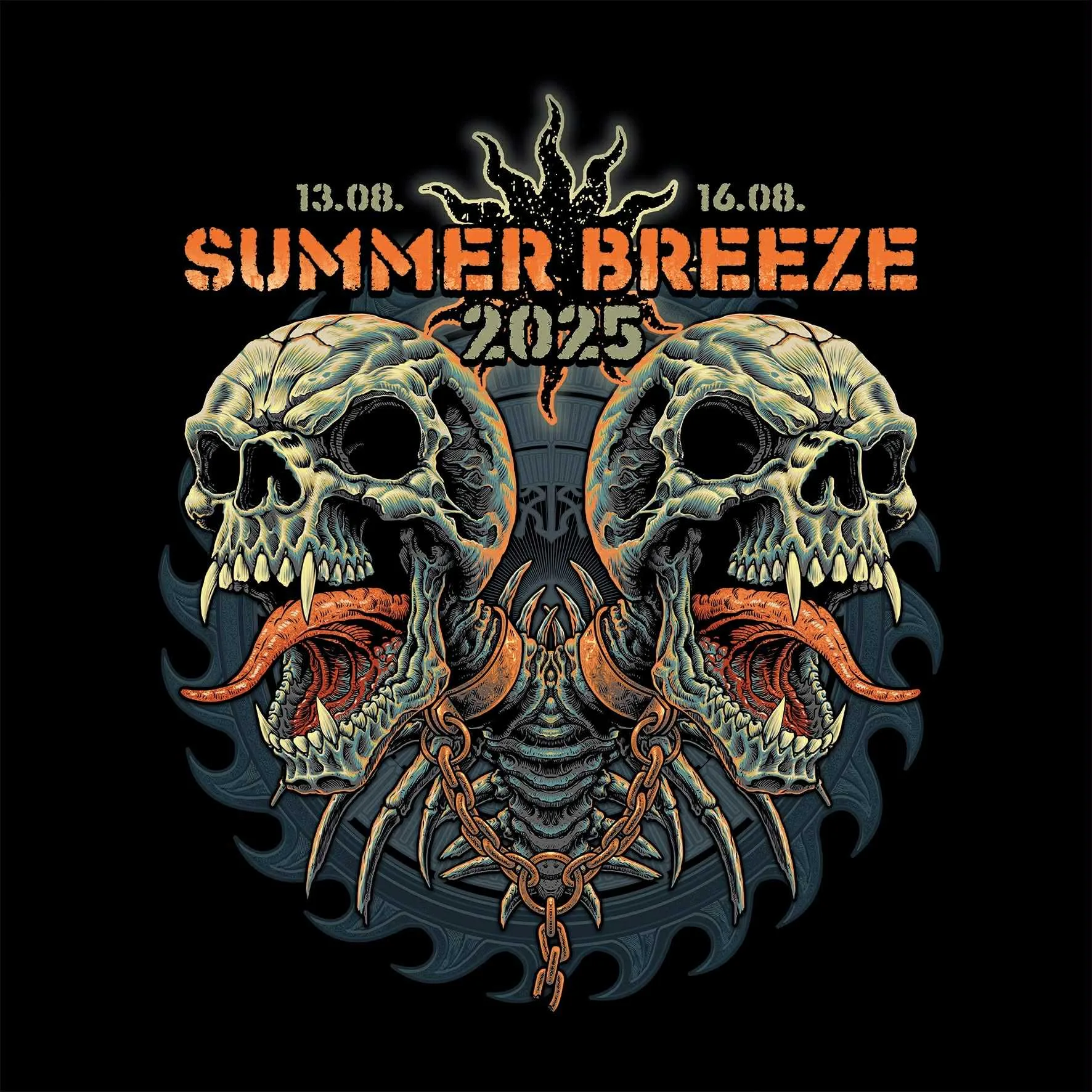



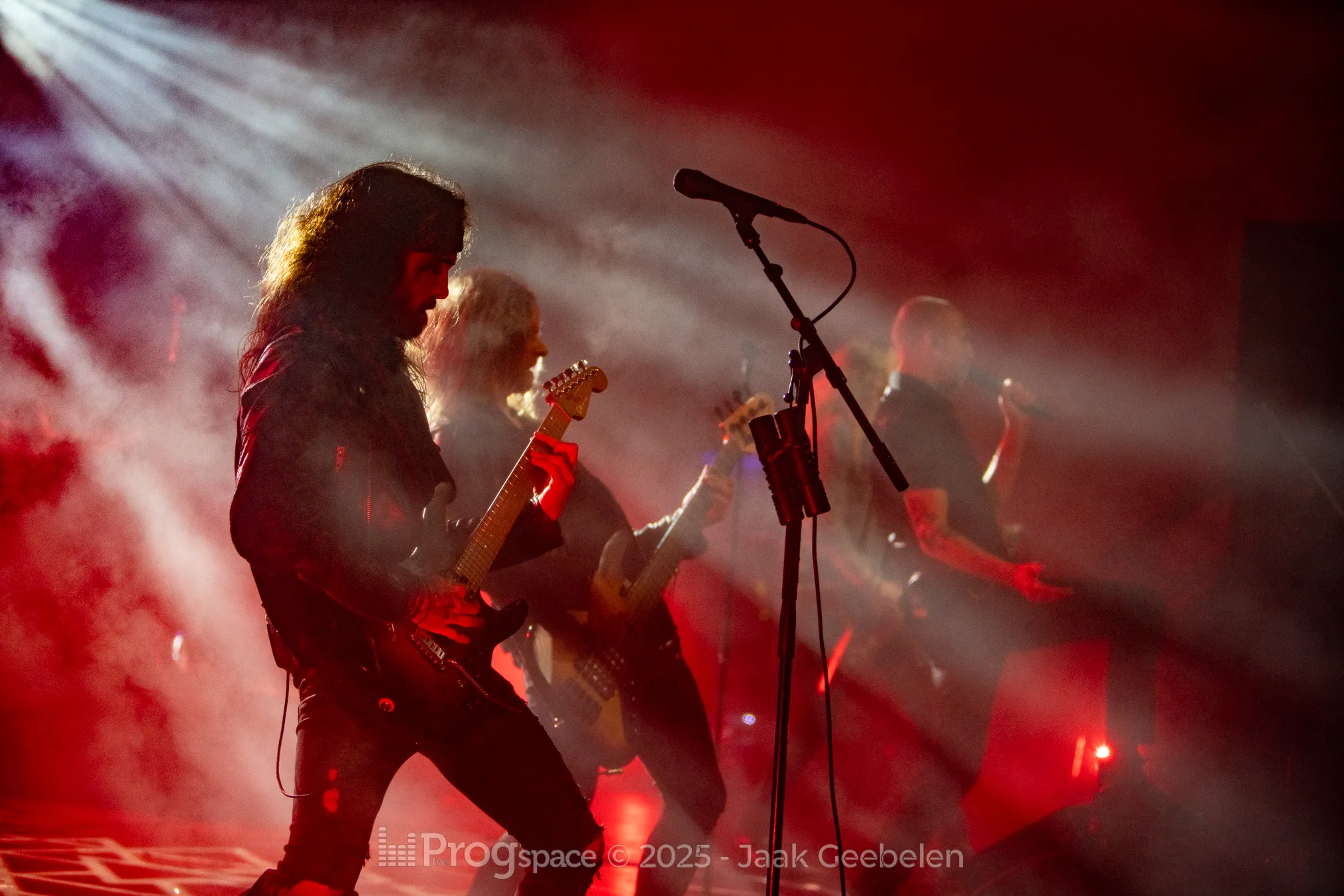
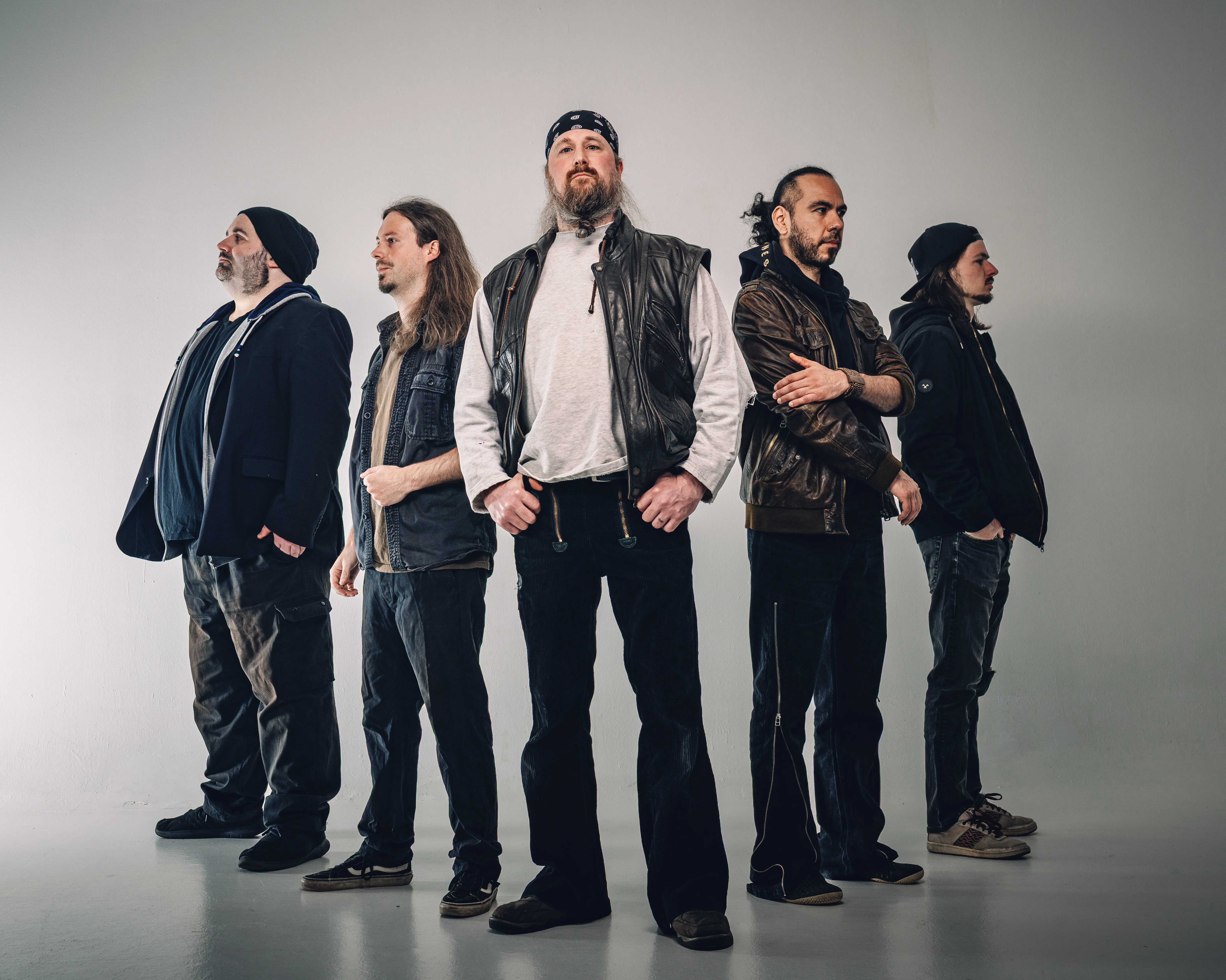
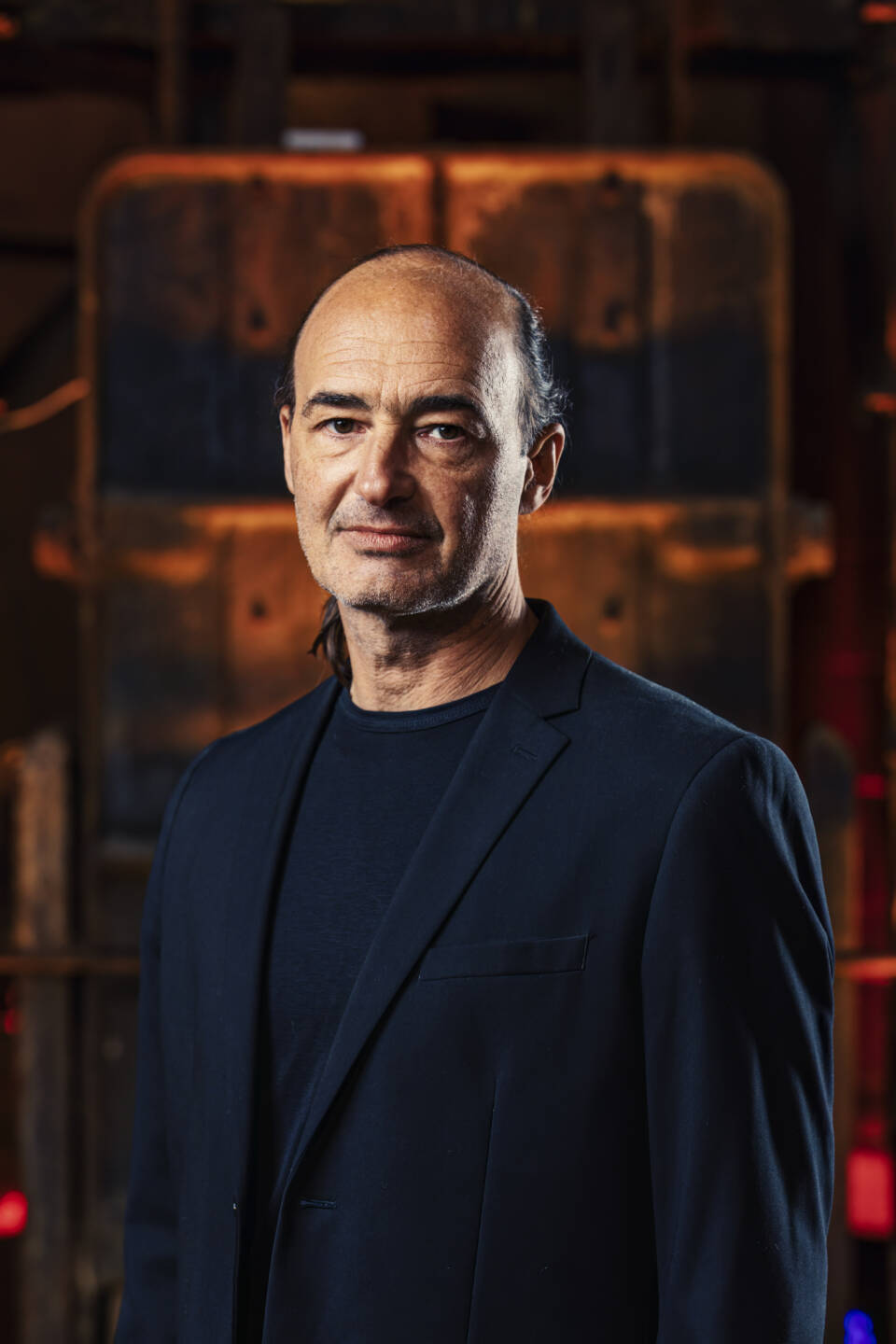
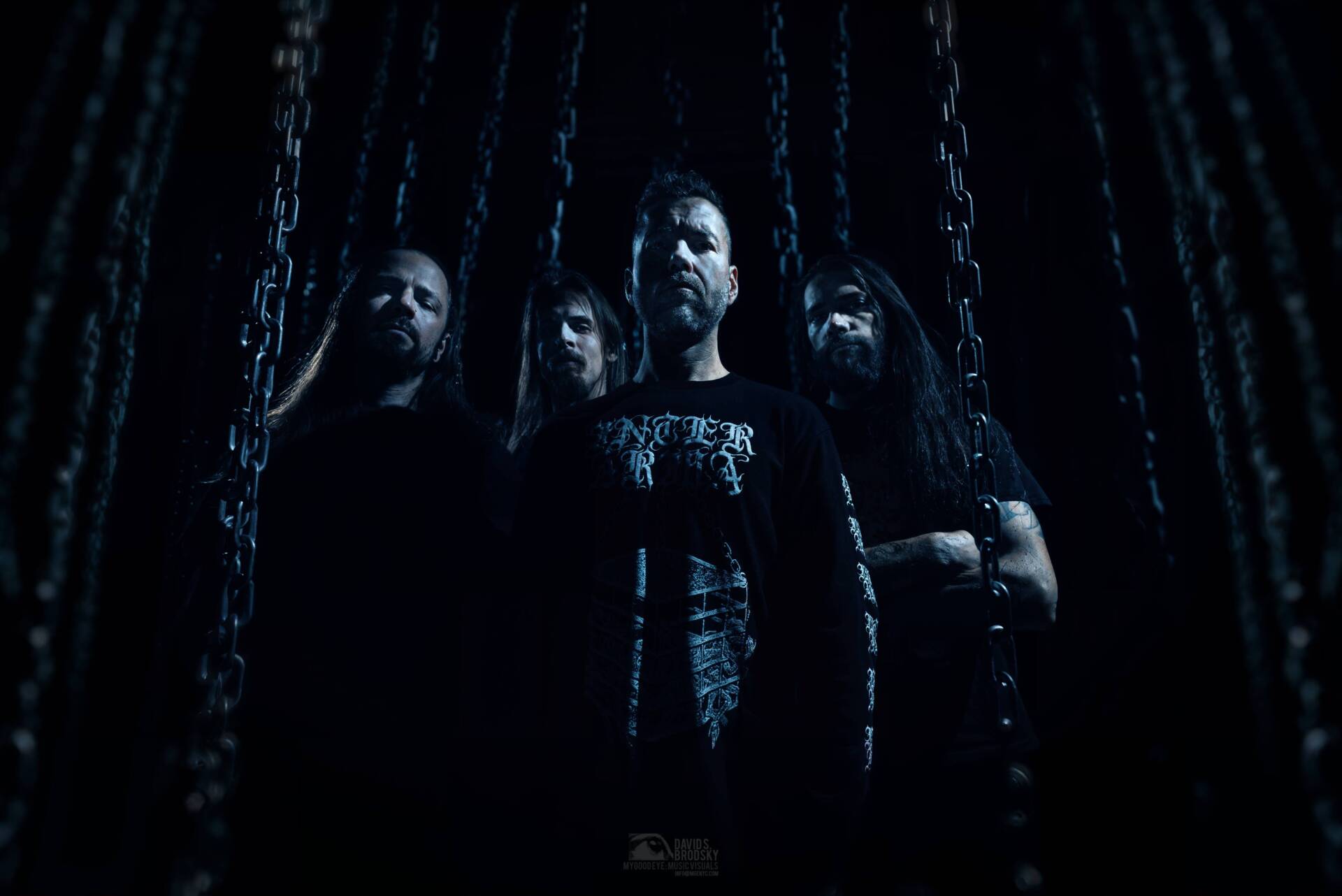
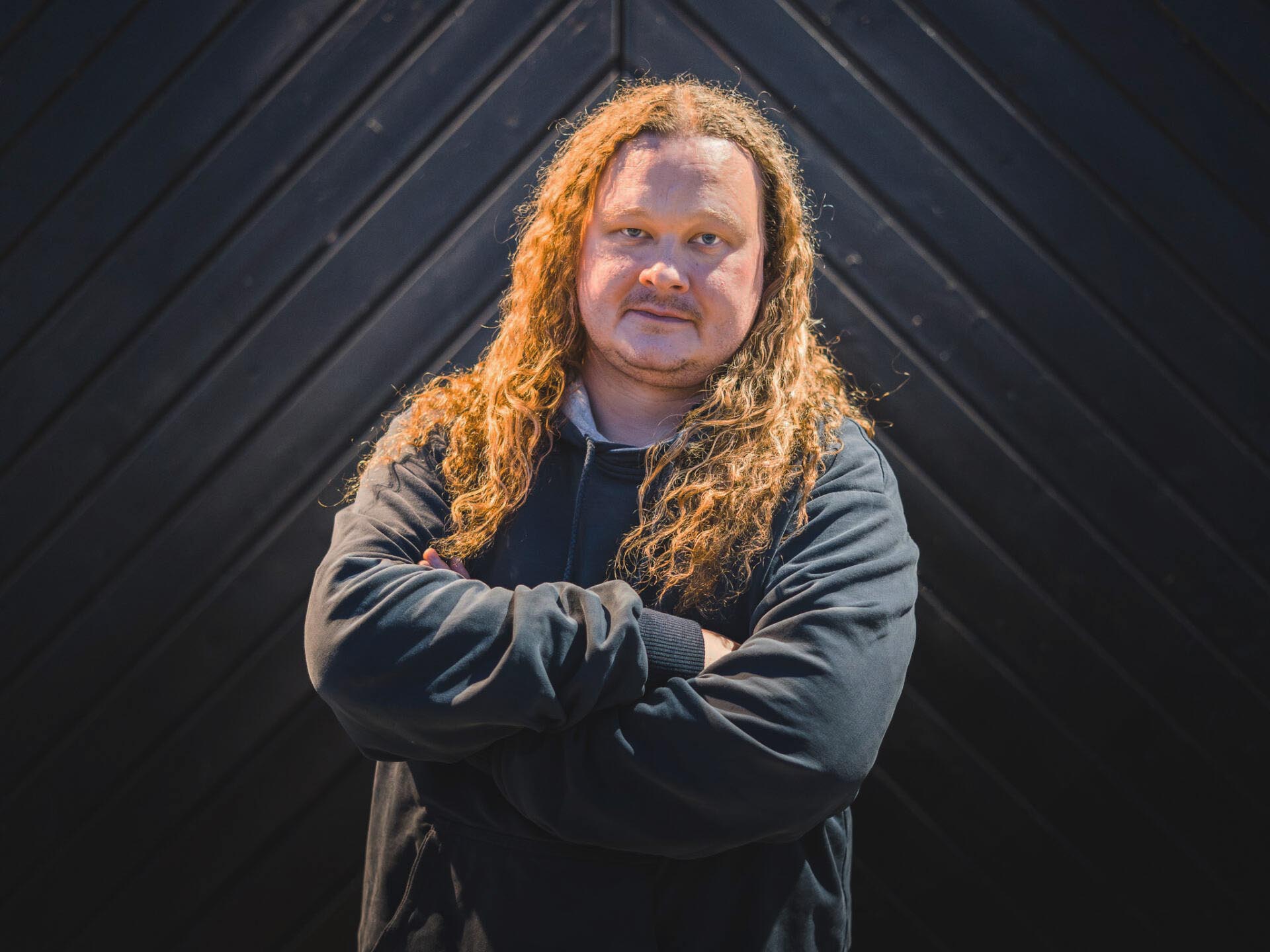
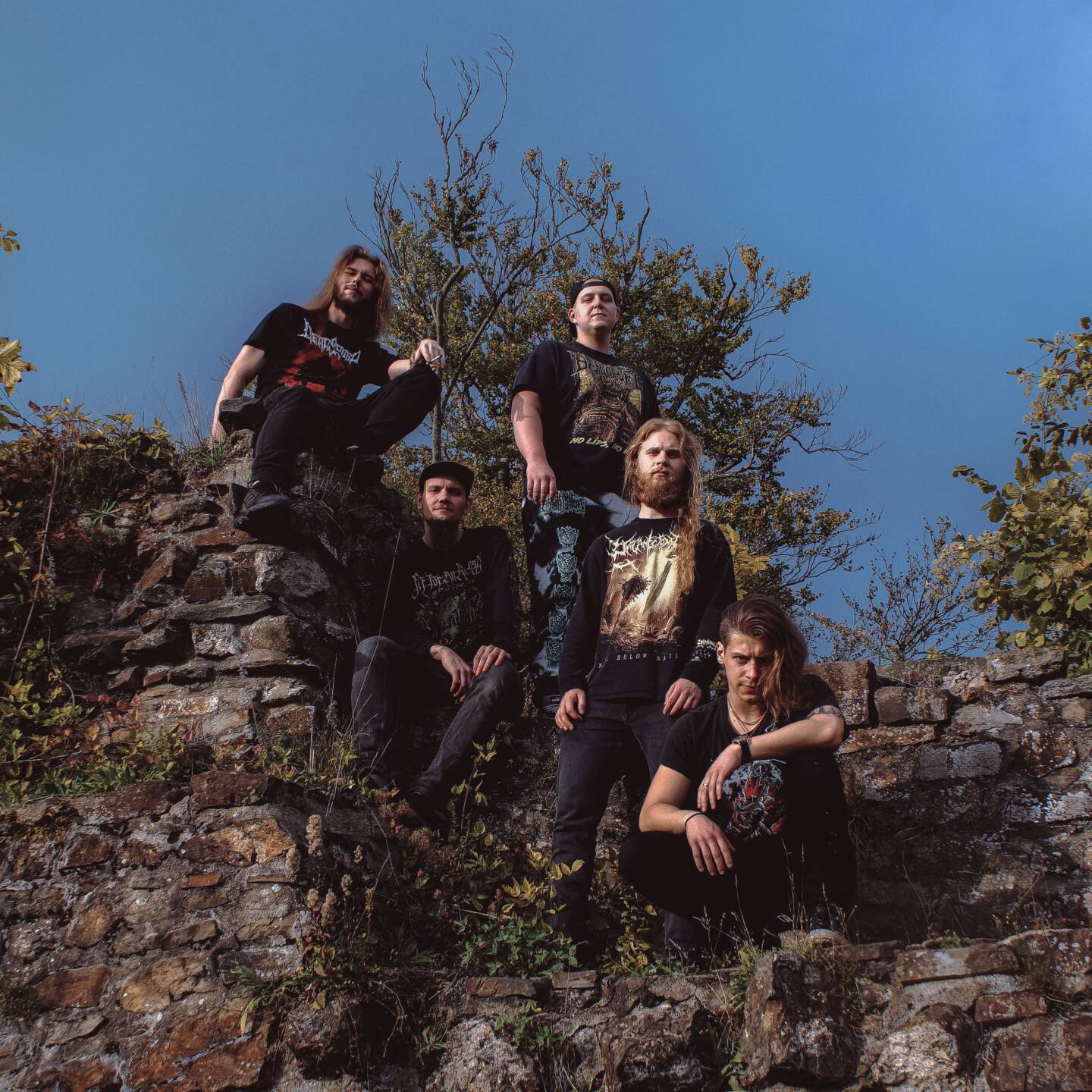
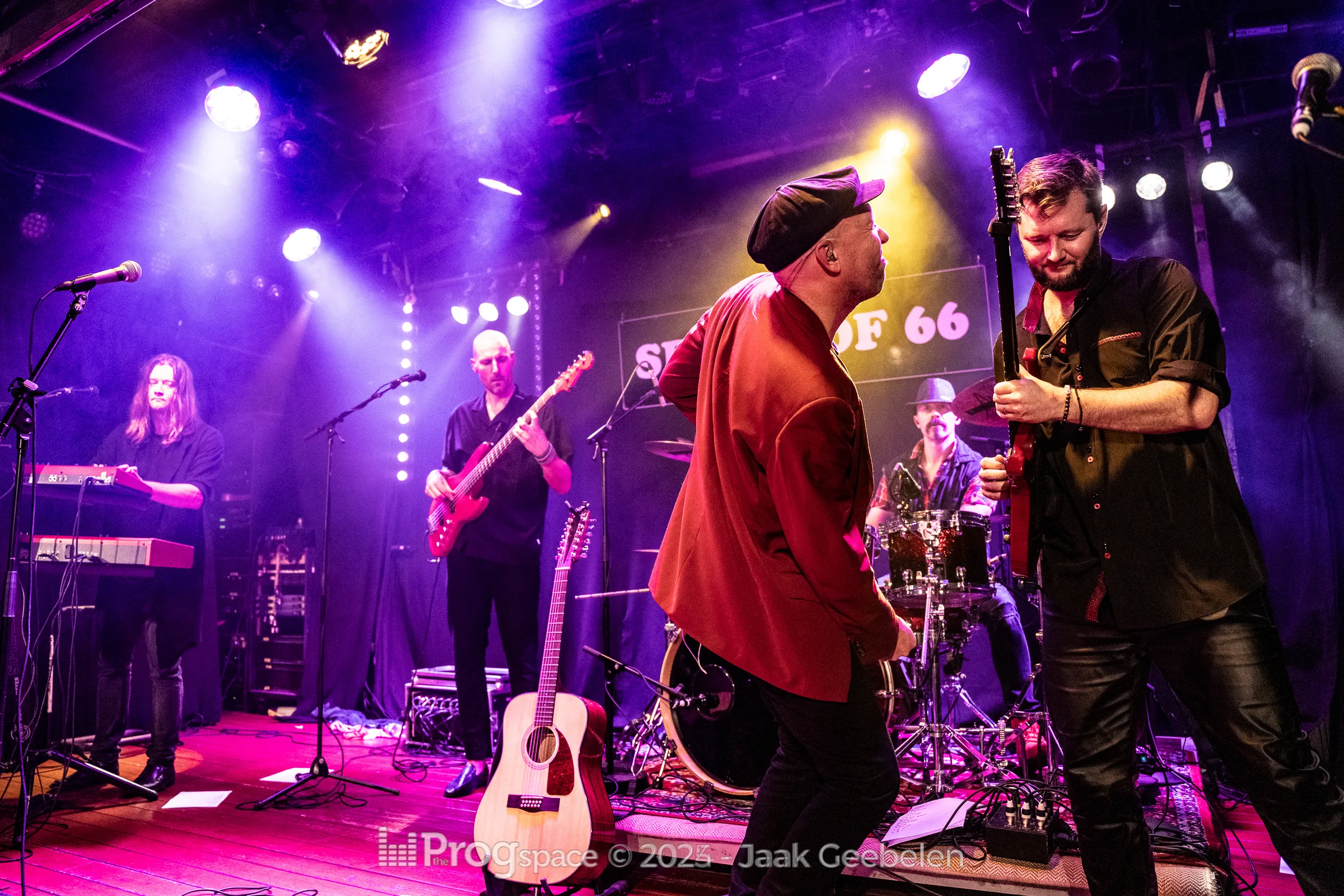
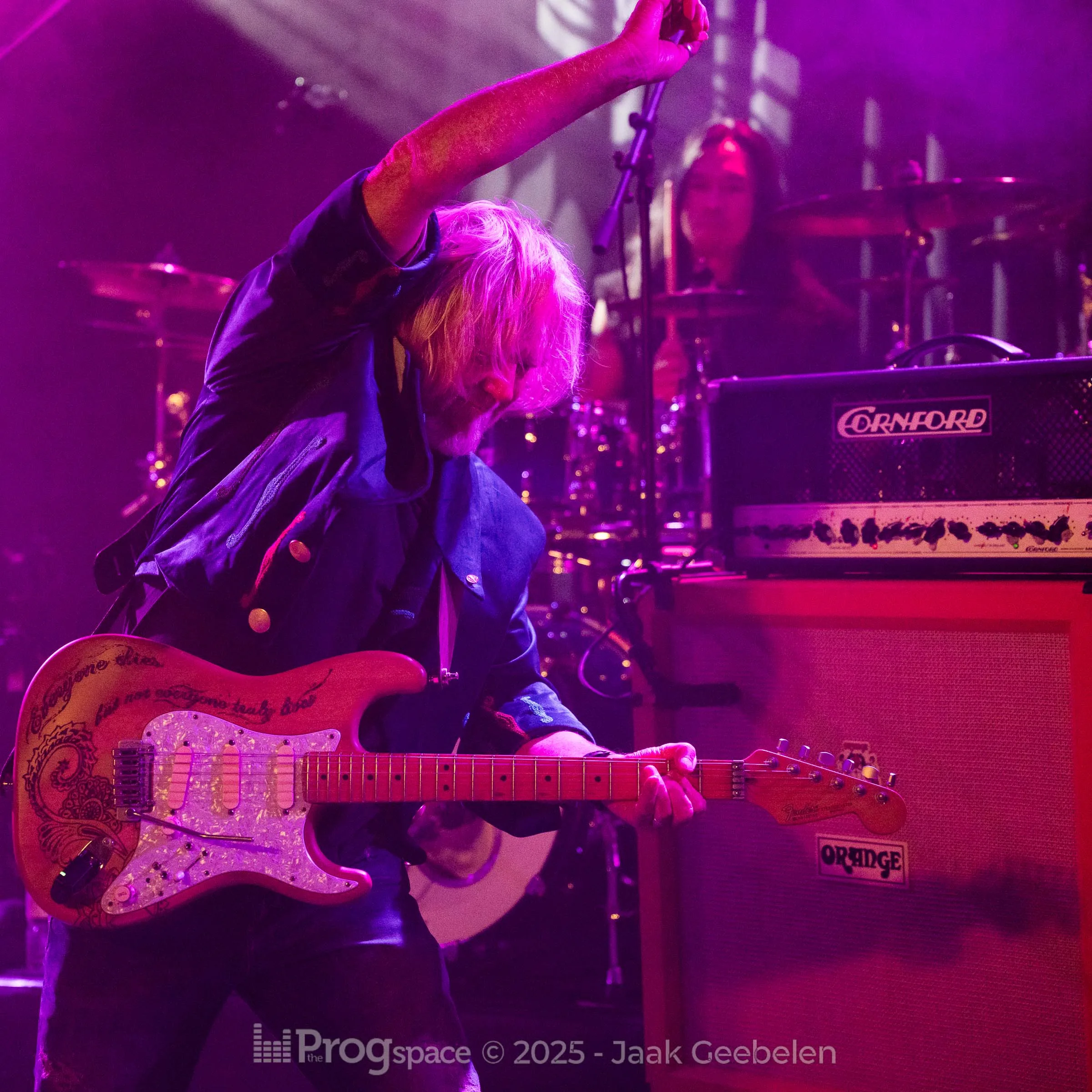
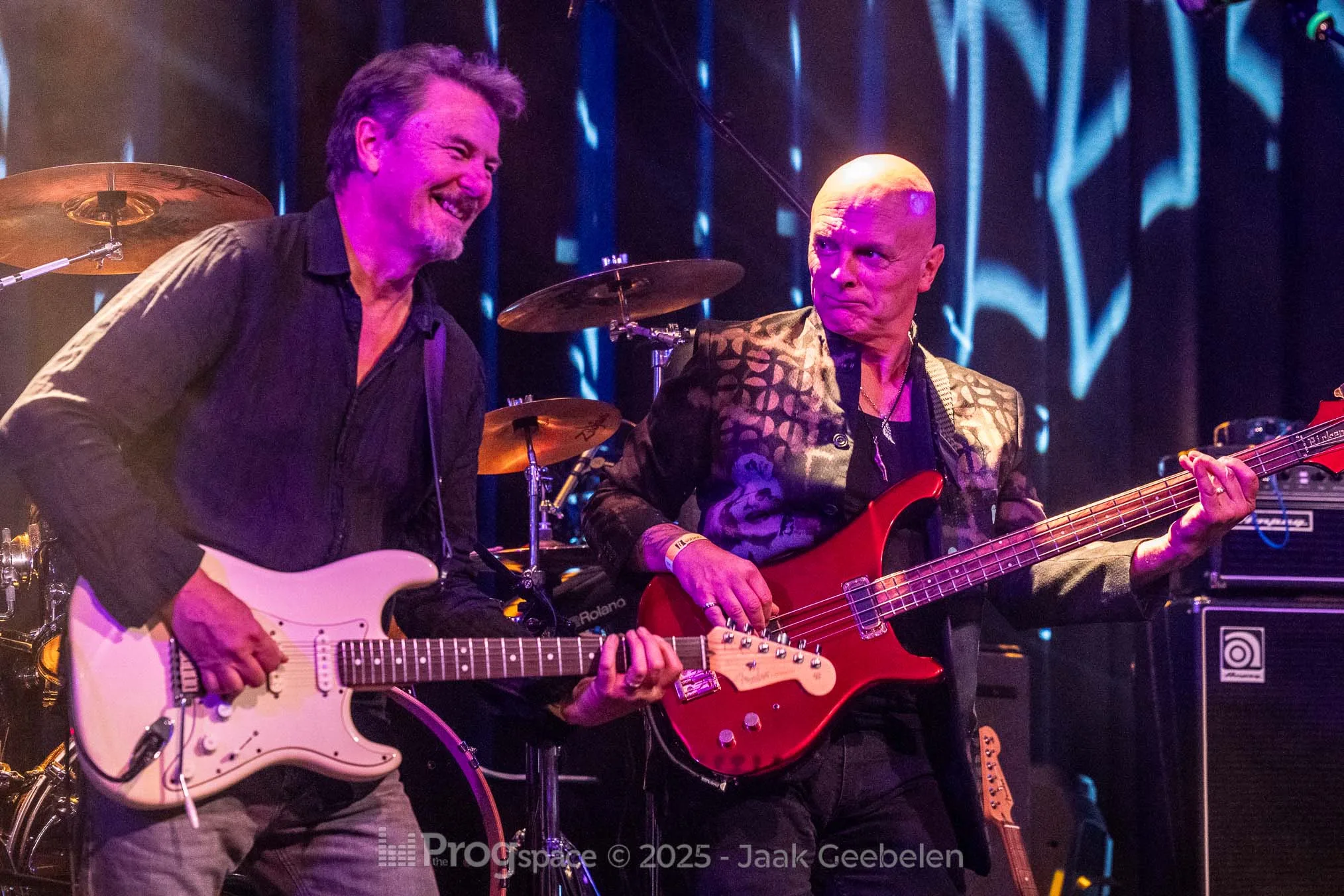
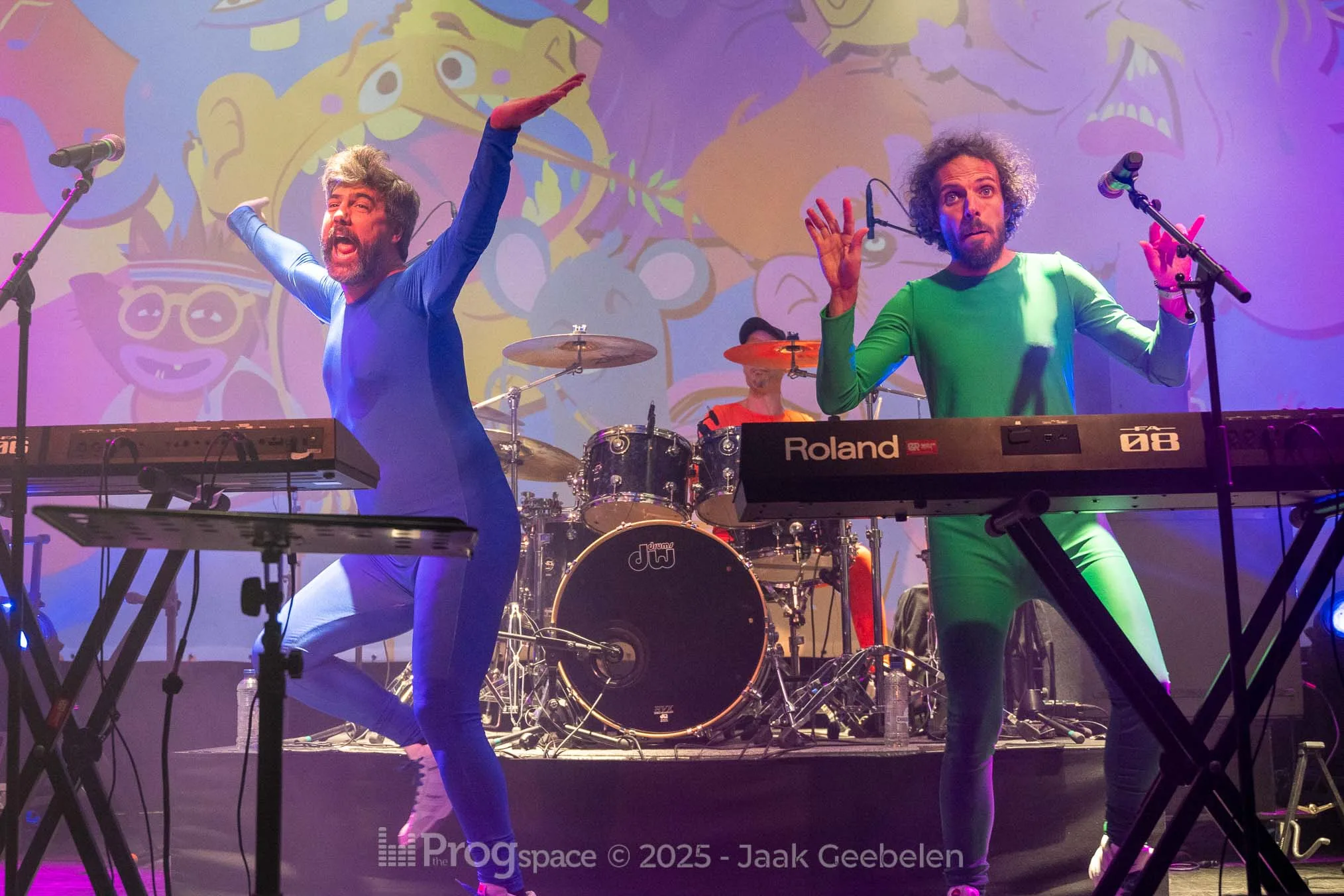
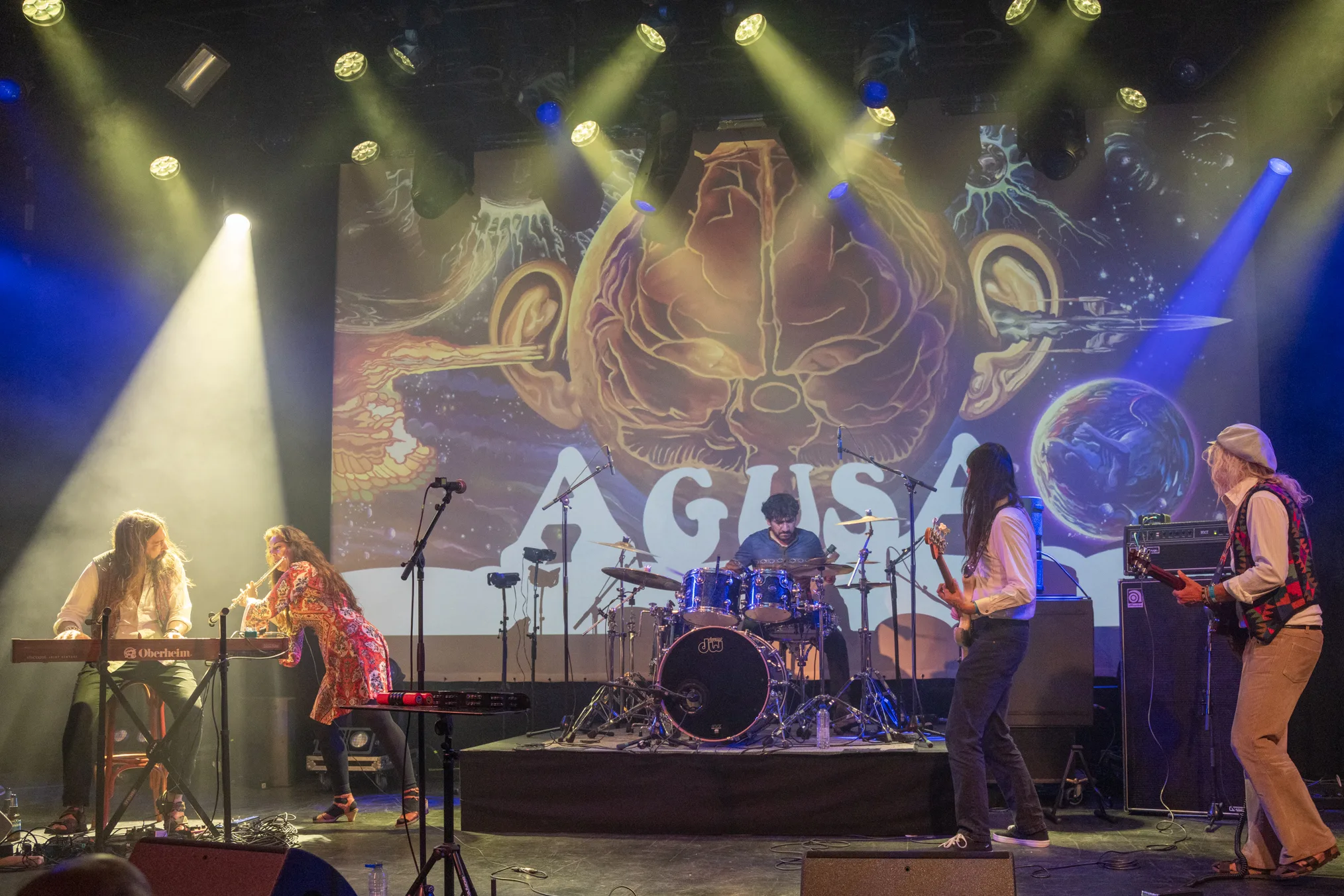
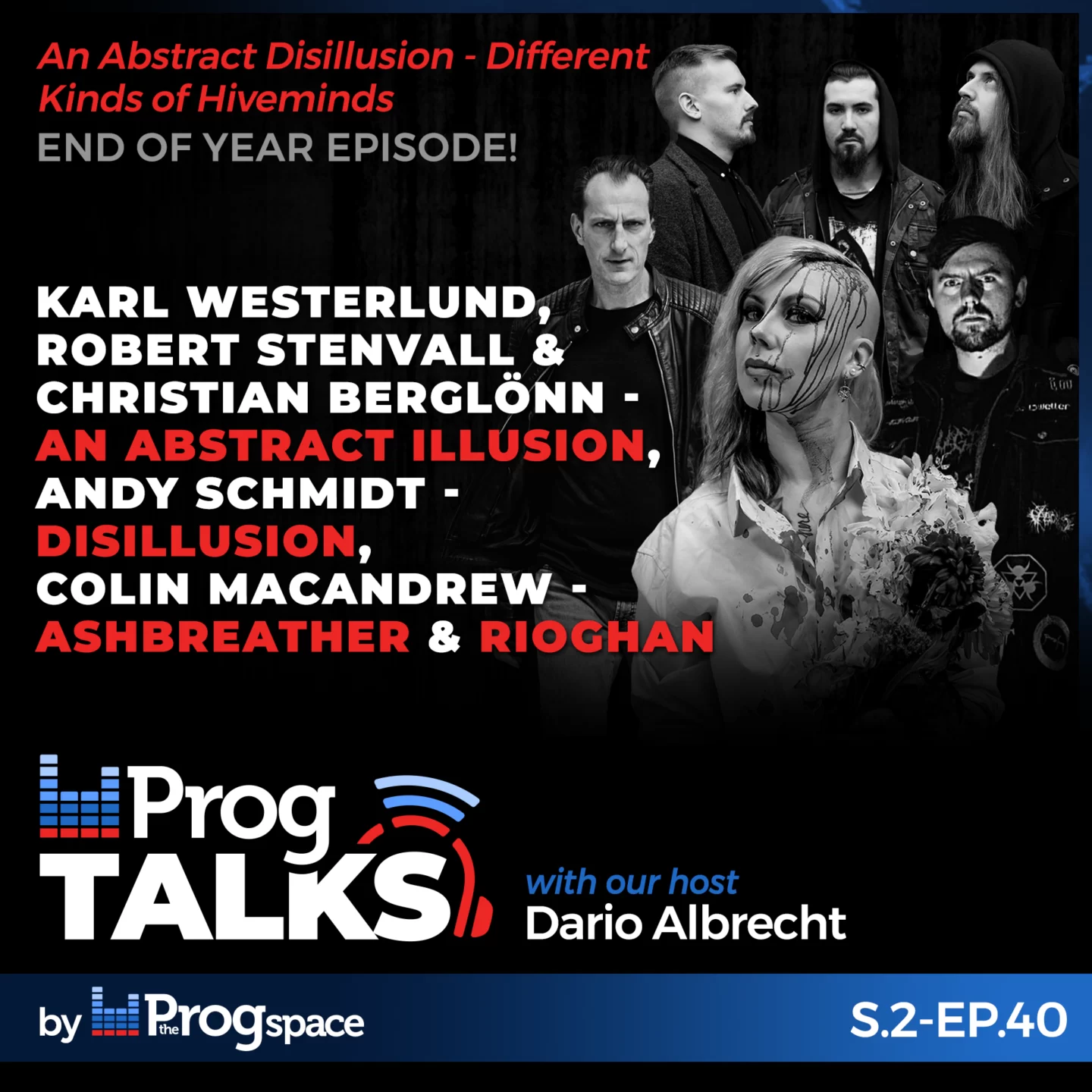
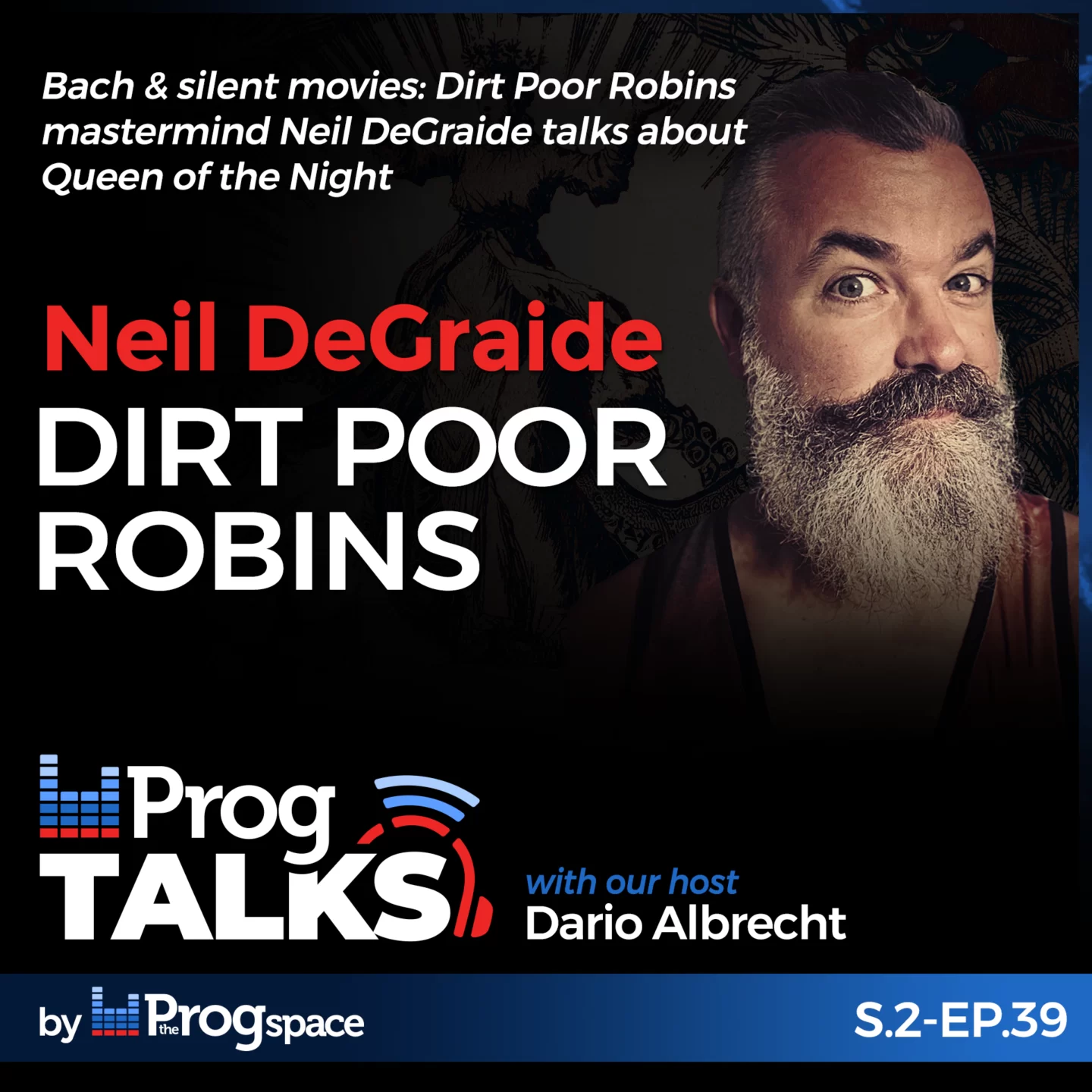
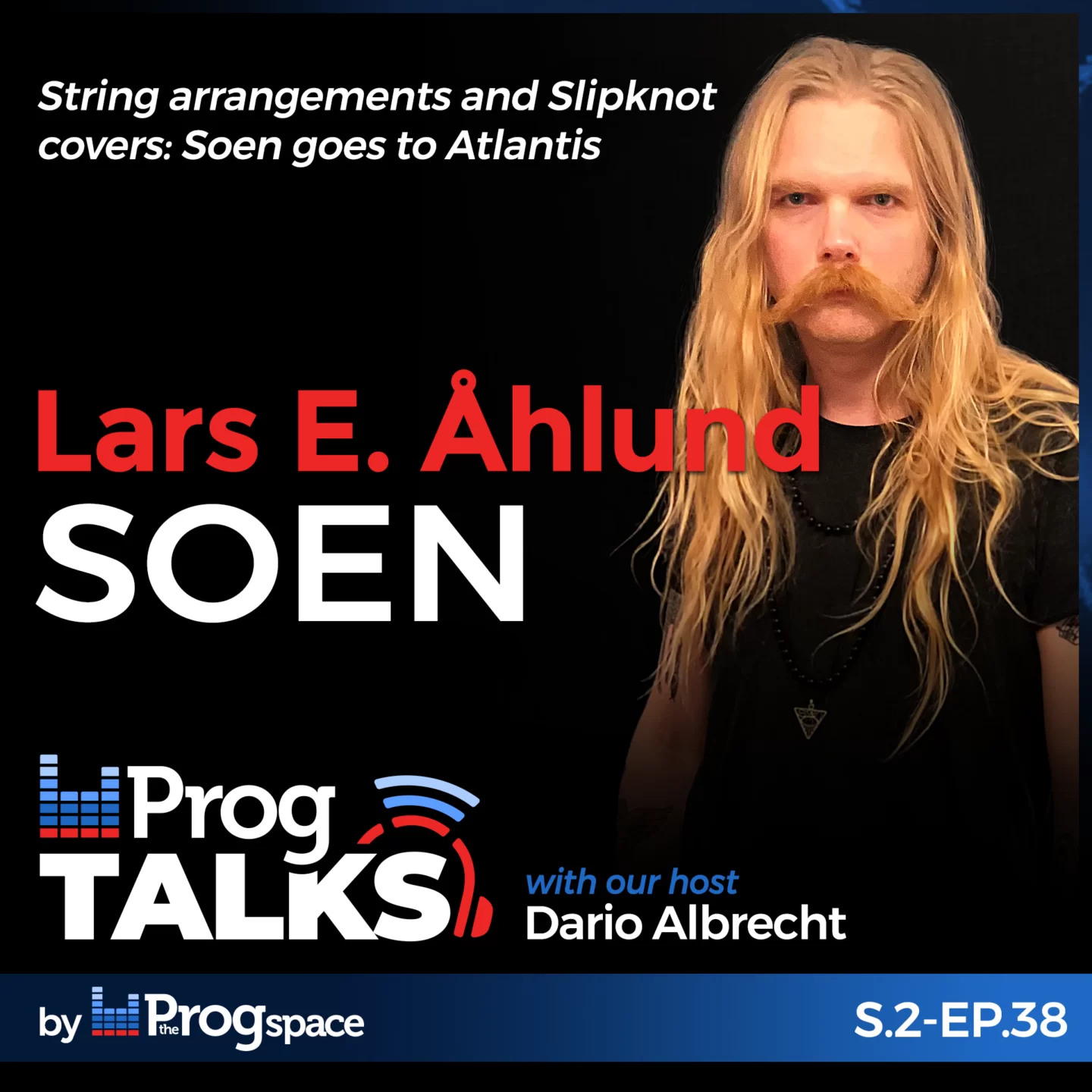
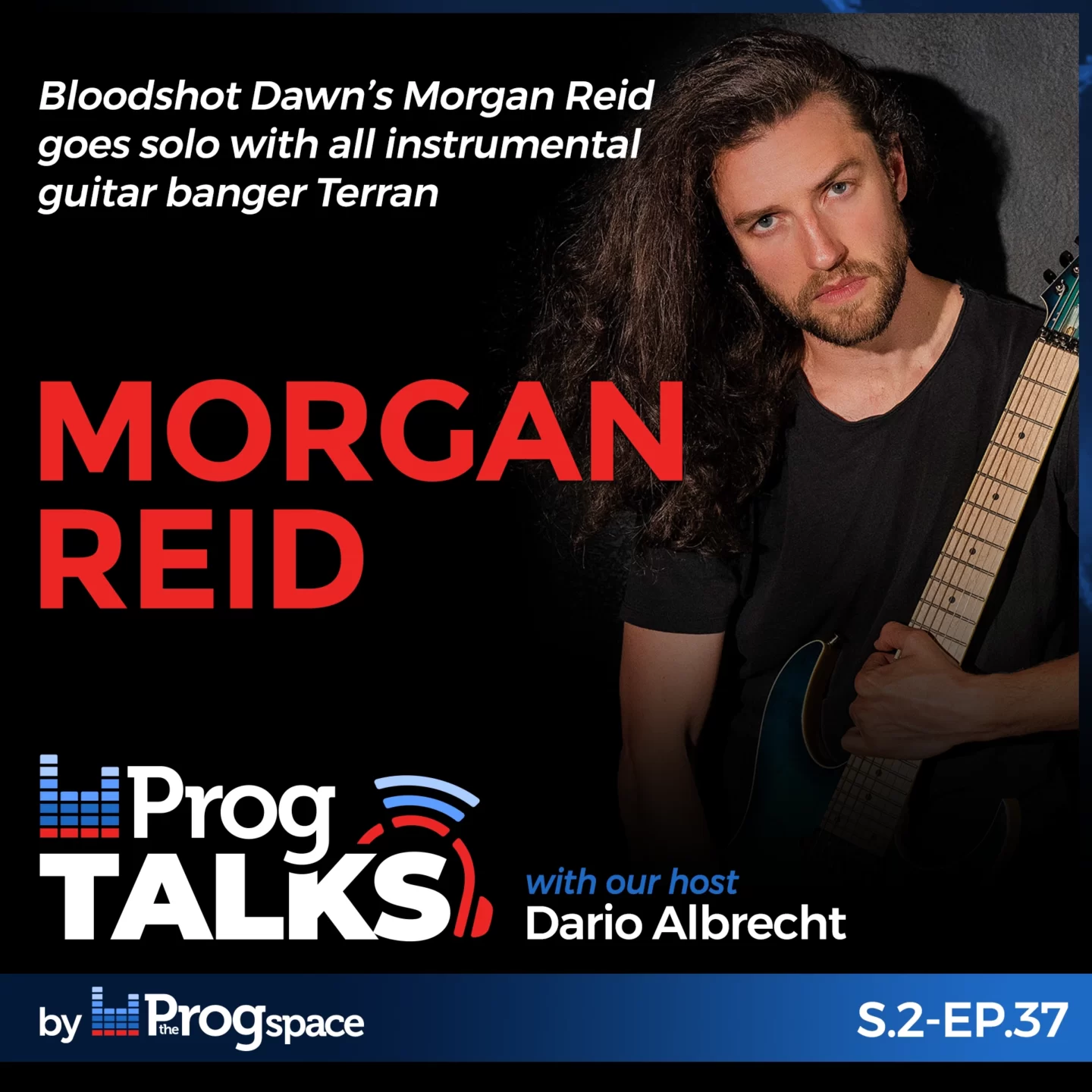
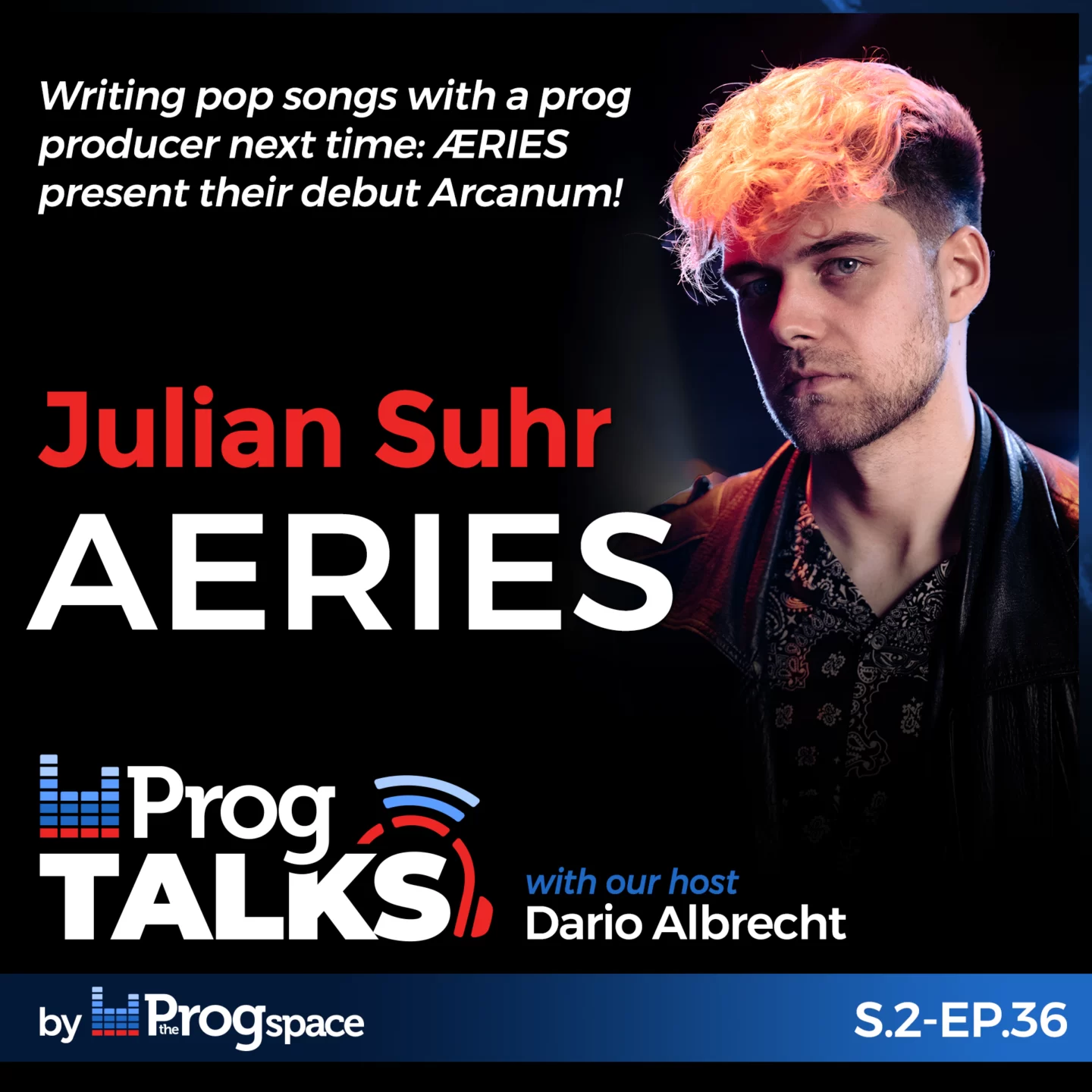
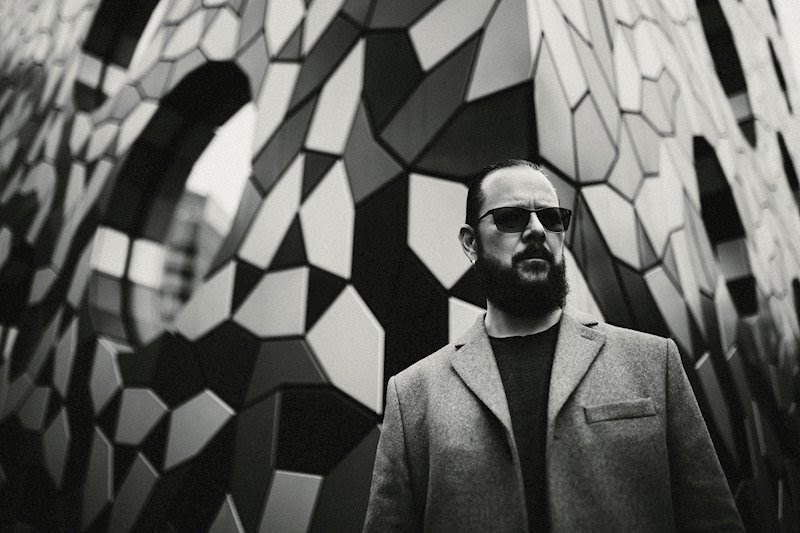
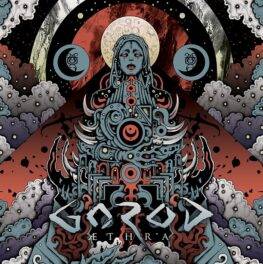
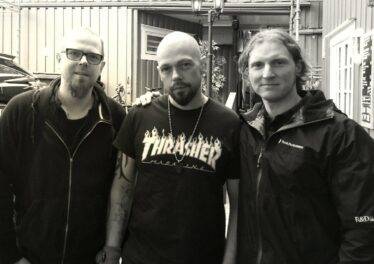
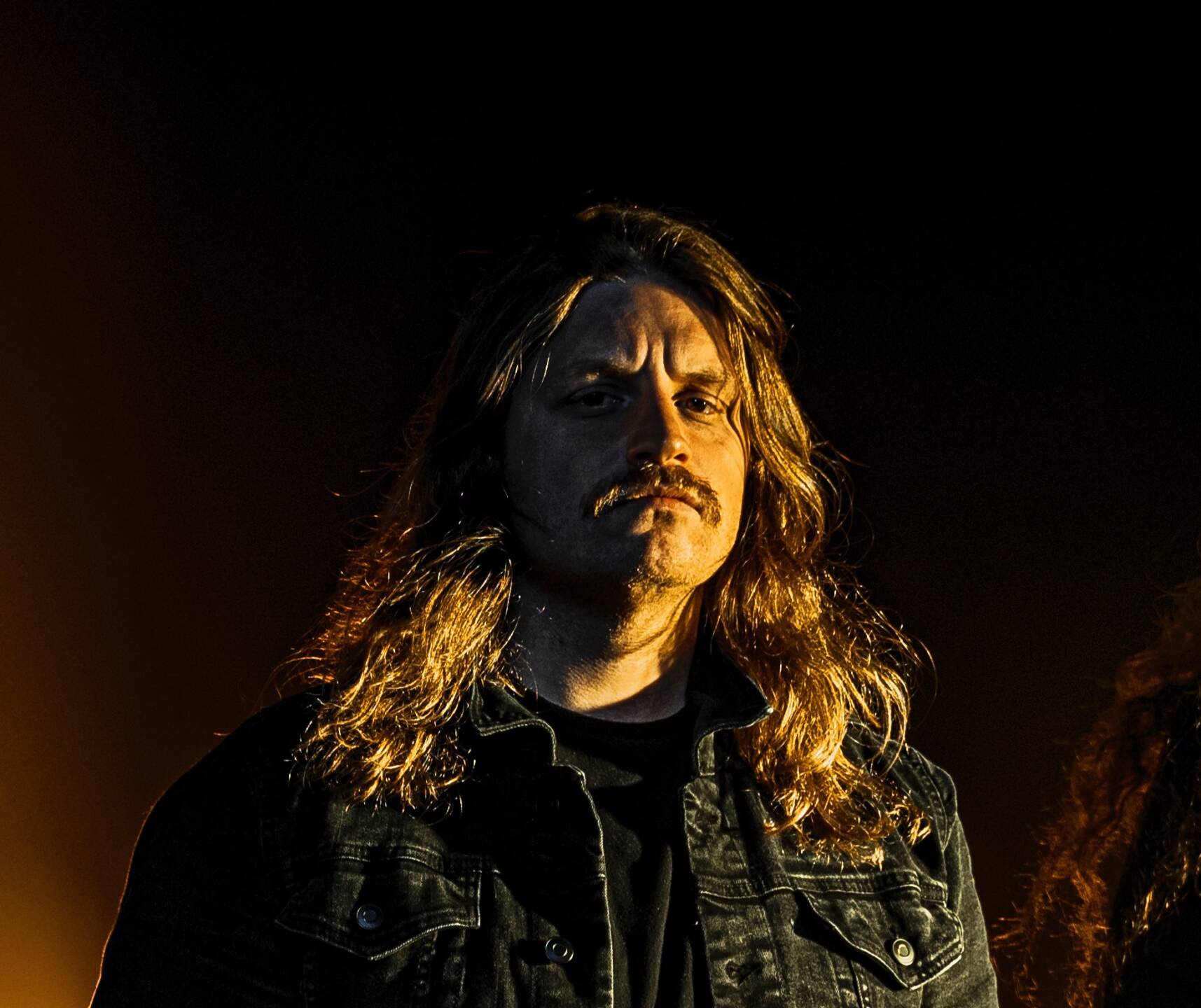



 We’re a group of Prog-lovers who started a journey to share with you our thoughts about albums, concerts, tours and festivals, the photo galleries of the Prog concerts we visit, as well interviews with upcoming or established musicians or prog-related people. Follow our Facebook page for frequent updates and news around the Progniverse.
We’re a group of Prog-lovers who started a journey to share with you our thoughts about albums, concerts, tours and festivals, the photo galleries of the Prog concerts we visit, as well interviews with upcoming or established musicians or prog-related people. Follow our Facebook page for frequent updates and news around the Progniverse.